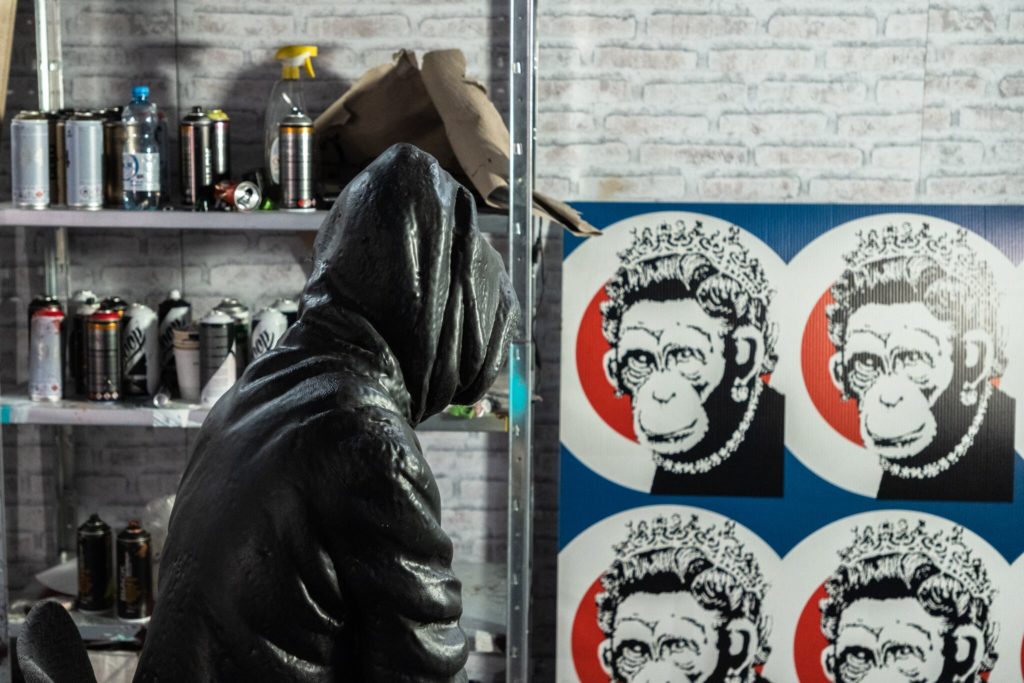Revisiting my old University of Graz on the way to study „The mystery of BANKSY – a genius mind“
Der Tag meines Besuches auf der UNI Graz und bei der Banksy-Ausstellung fiel ausgerechnet zusammen mit dem Tag der Invasion von Putins russischen Truppen in der Ukraine #
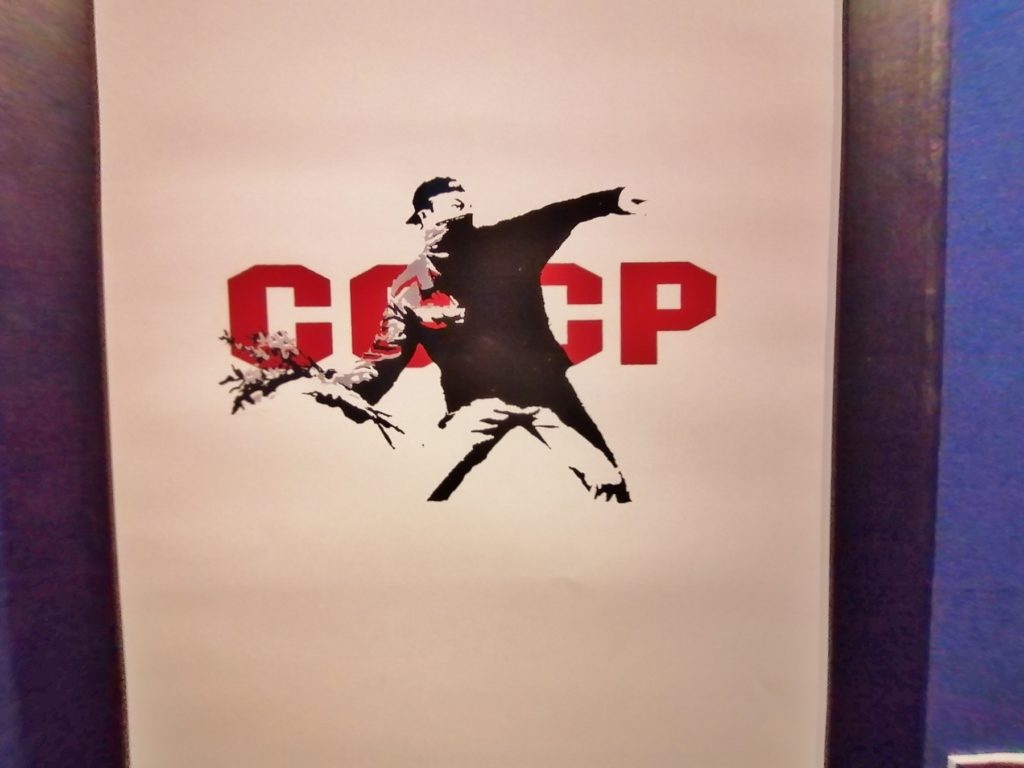
The man is throwing a bouquet of flowers, although the position of his body looks more like that of a man throwing a projectile, a cocktail Molotov or a stone, like the paving stones thrown during the French Revolution (think Liberty Leading the People by Delacroix, for example).
While the man is painted in black and white, the flowers have been given colour to add emphasis. The message is “make peace, not war”, in a time when numerous conflicts divide the world.
Der 24.2.2022 ist ein ganz schwarzer Tag für Europa.
In der Nacht zum Donnerstag erfolgte der gewaltsame, völkerrechtswidrige und unverantwortliche Angriff der Russischen Föderation auf die Ukraine. Der russische Präsident trägt somit den Krieg nach Europa.
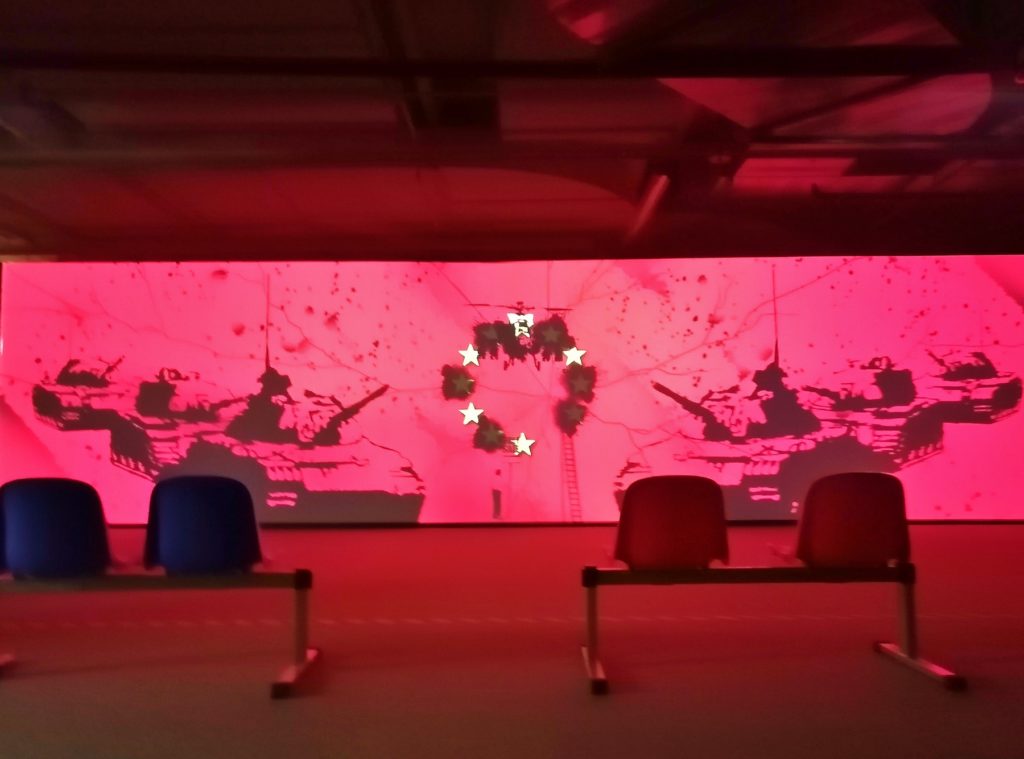
Viele Werke in der Banksy-Ausstellung spiegelten dessen jahrzehntelange Auseinandersetzung mit dem Verlangen nach Frieden in der Welt wieder.
So gab es gerade an diesem Tag viele bemerkenswerte Parallelen zur aktuellen Situation zu entdecken: #

Russland bricht Krieg in Europa vom Zaun
https://orf.at/stories/3248939/
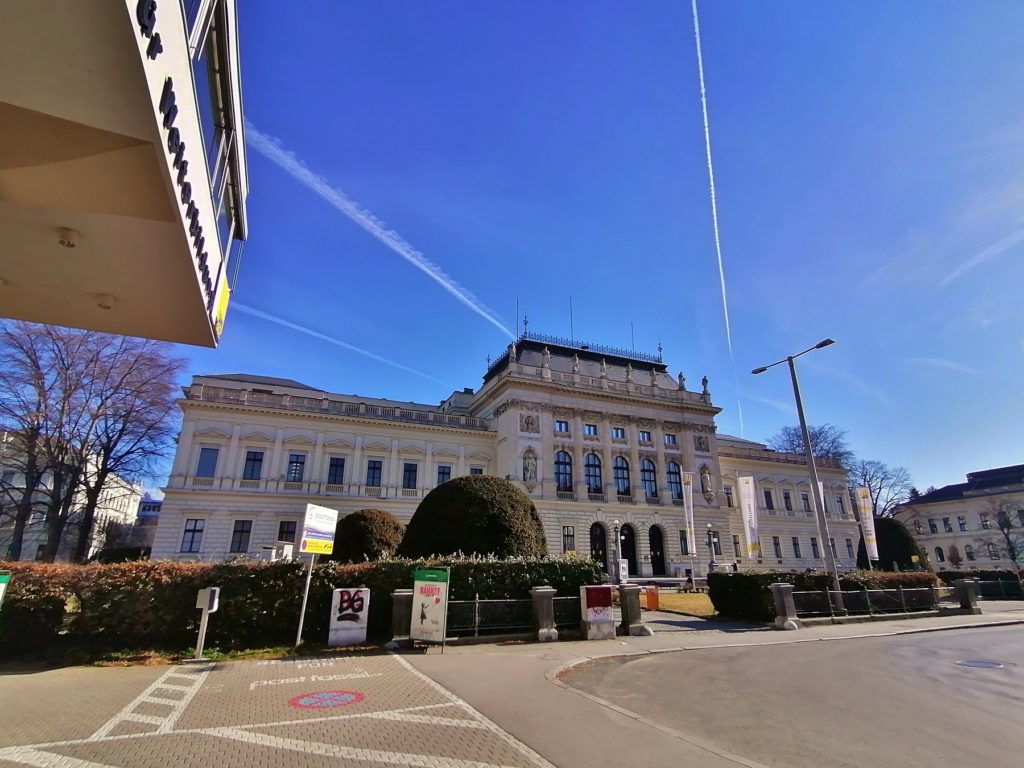
Ein Besuch an der Uni Graz am 24. Februar 2022
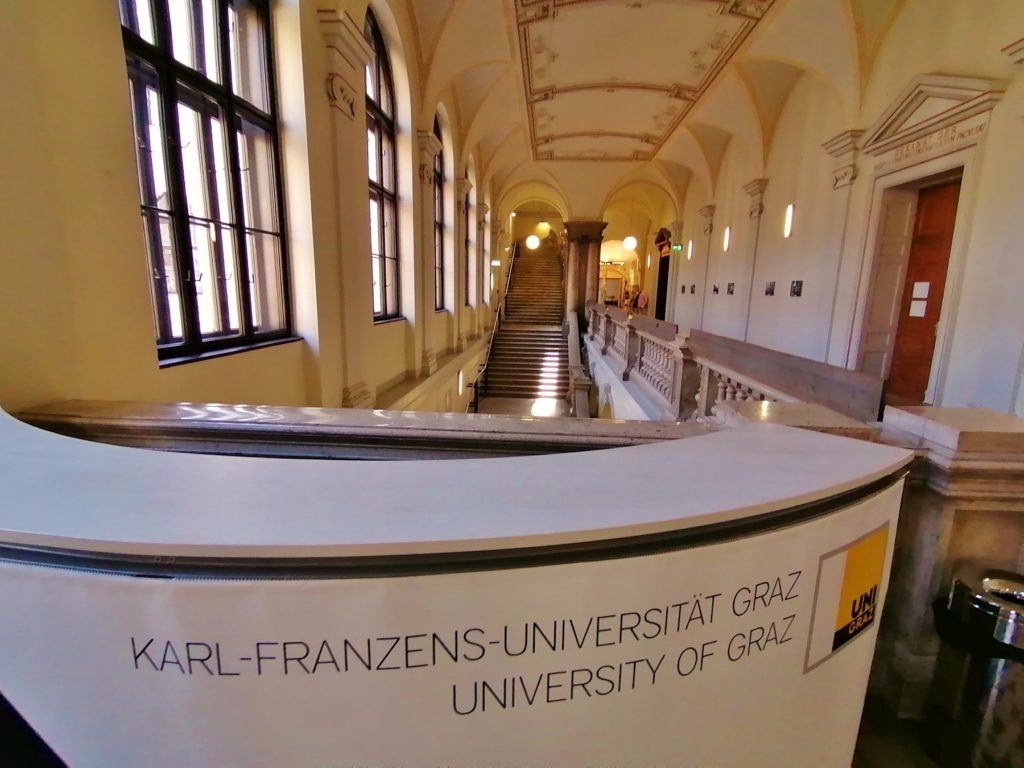
Back to the roots …
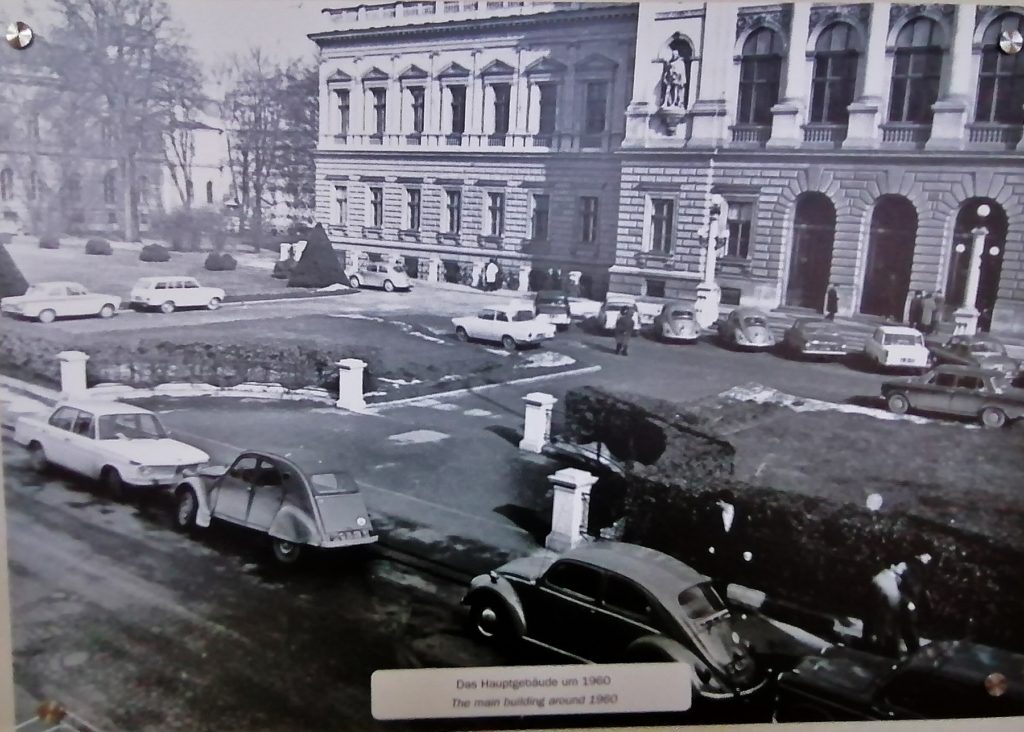
Das Hauptgebäude der Uni Graz um 1960
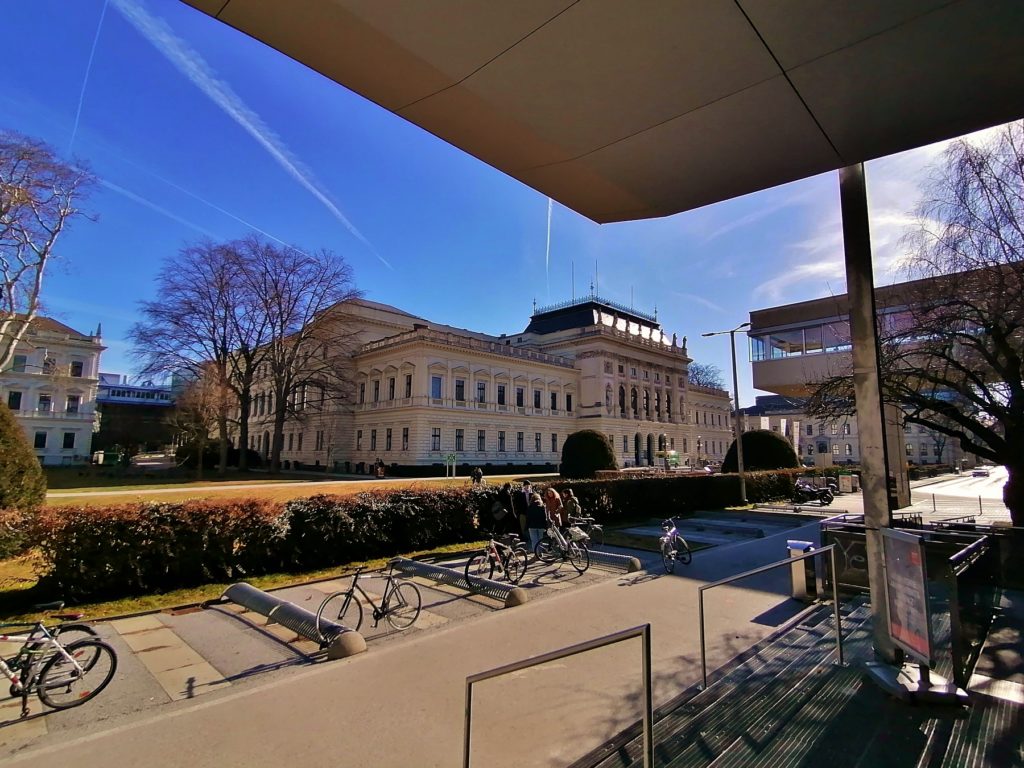
Fahrräder haben die alten VW-Käfer abgelöst
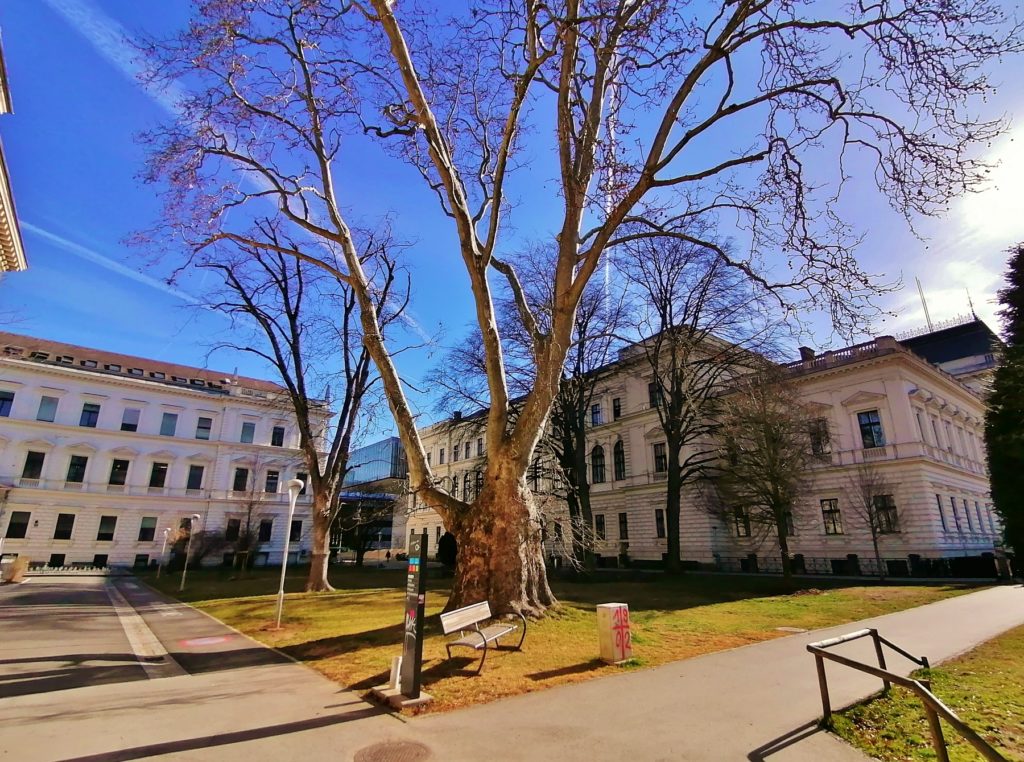
University Campus
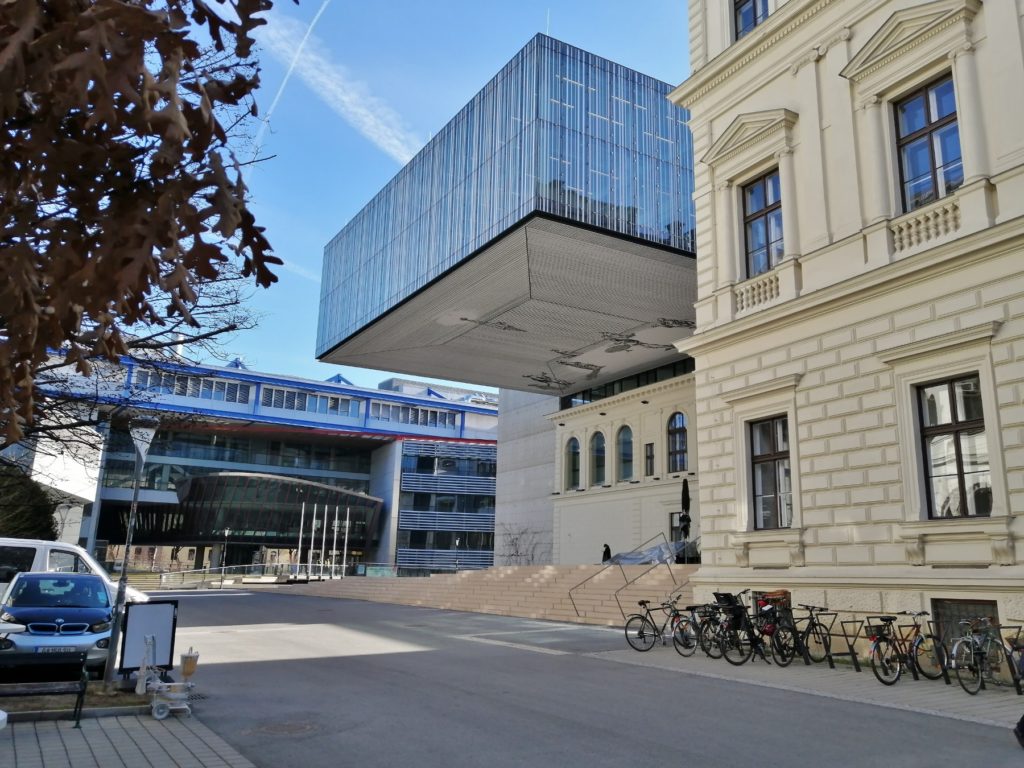
Die neue UB
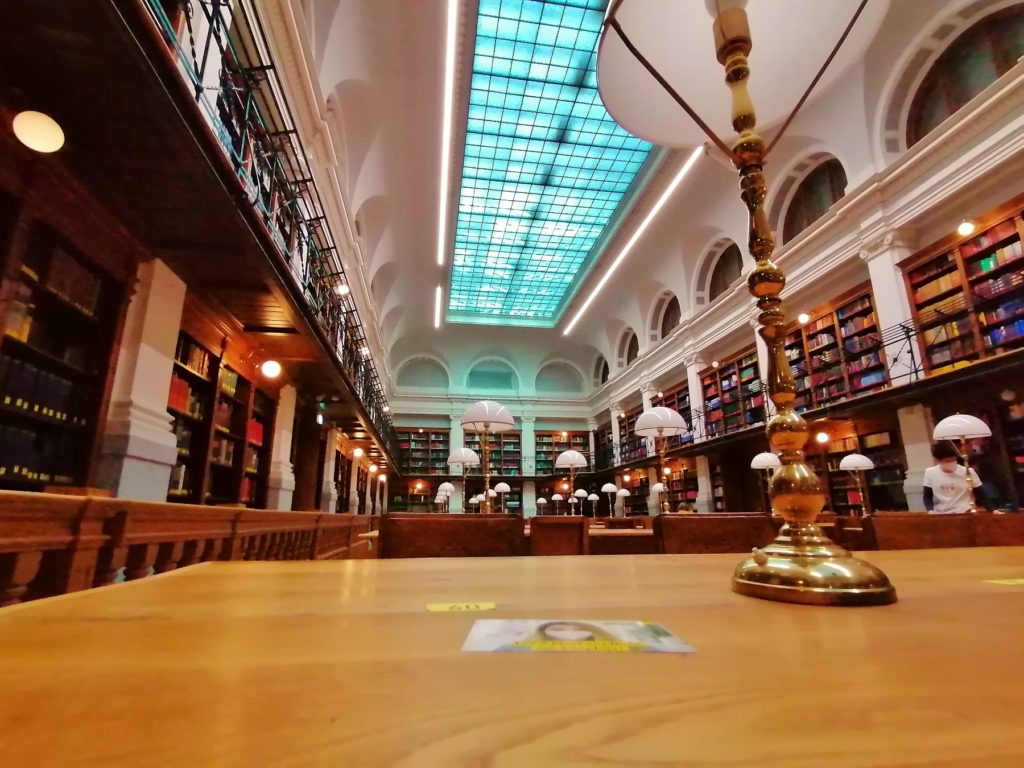
Semesterferien – Mein Schreibtisch im alten großen Lesesaal ist noch frei.
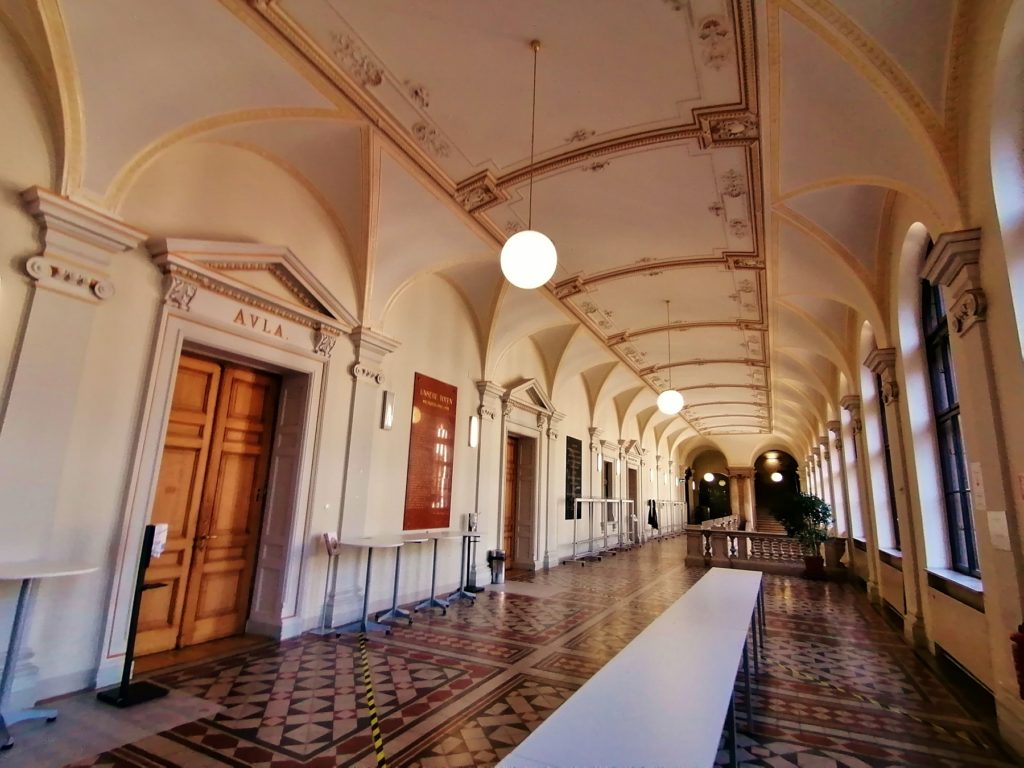
Karl Franzens Universität
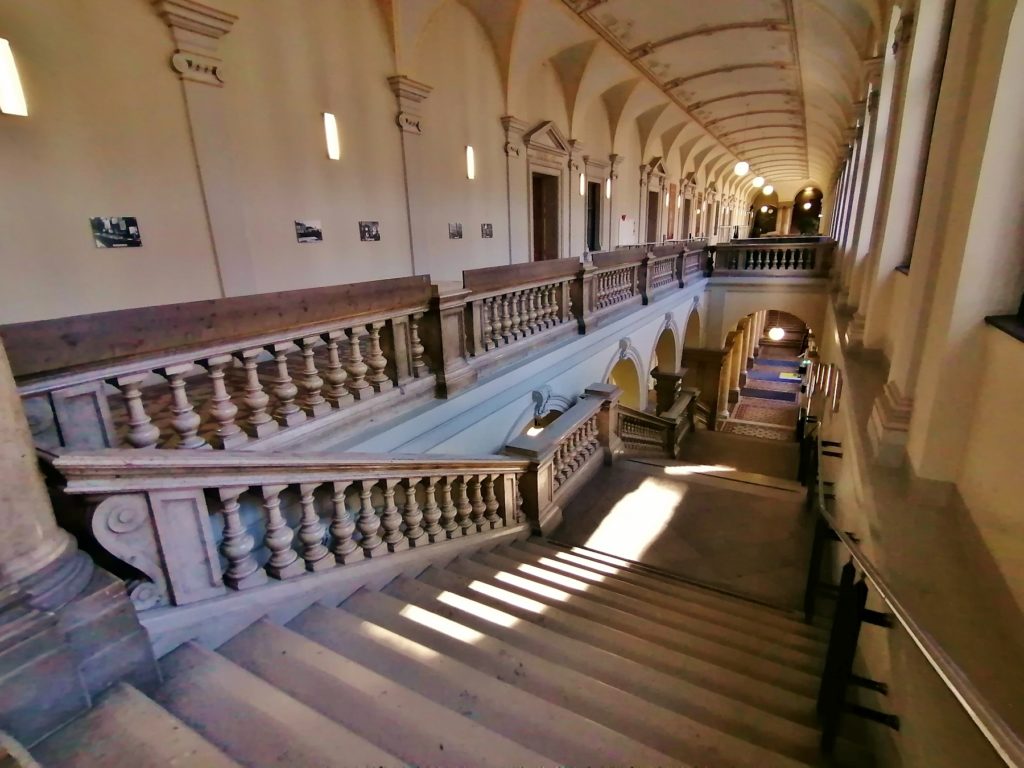

Covid 19 – Abstands und Hygieneregeln sind überall gefragt
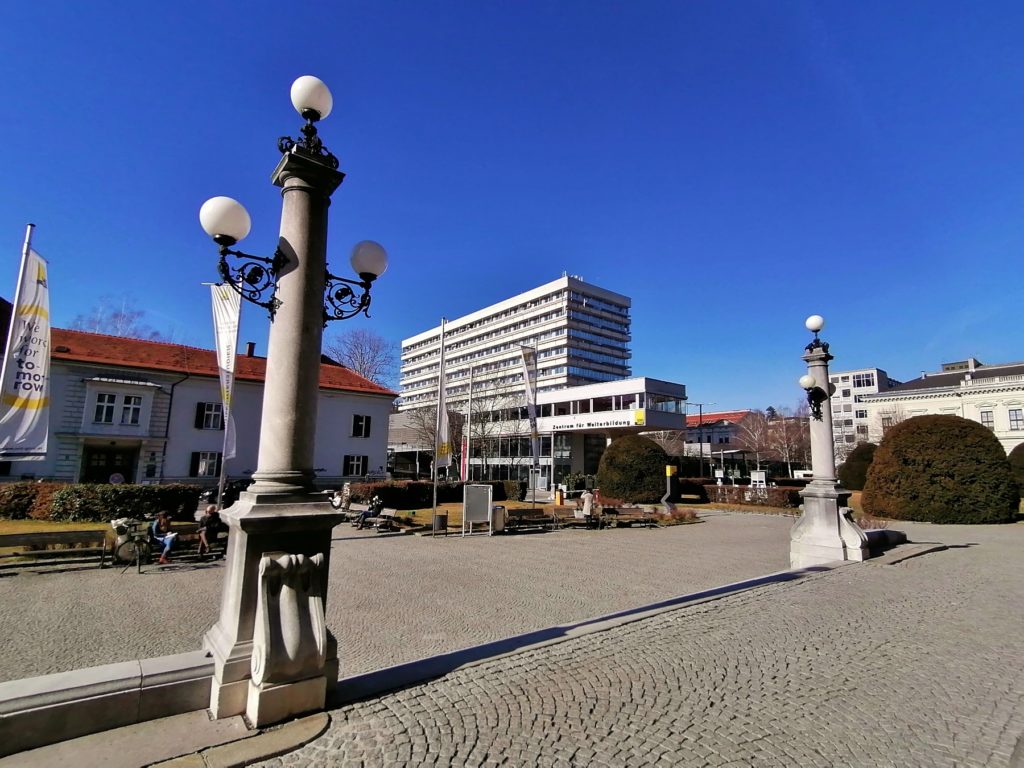
Weitwinkelblick nach dem erfolgreichen Besuch der Uni
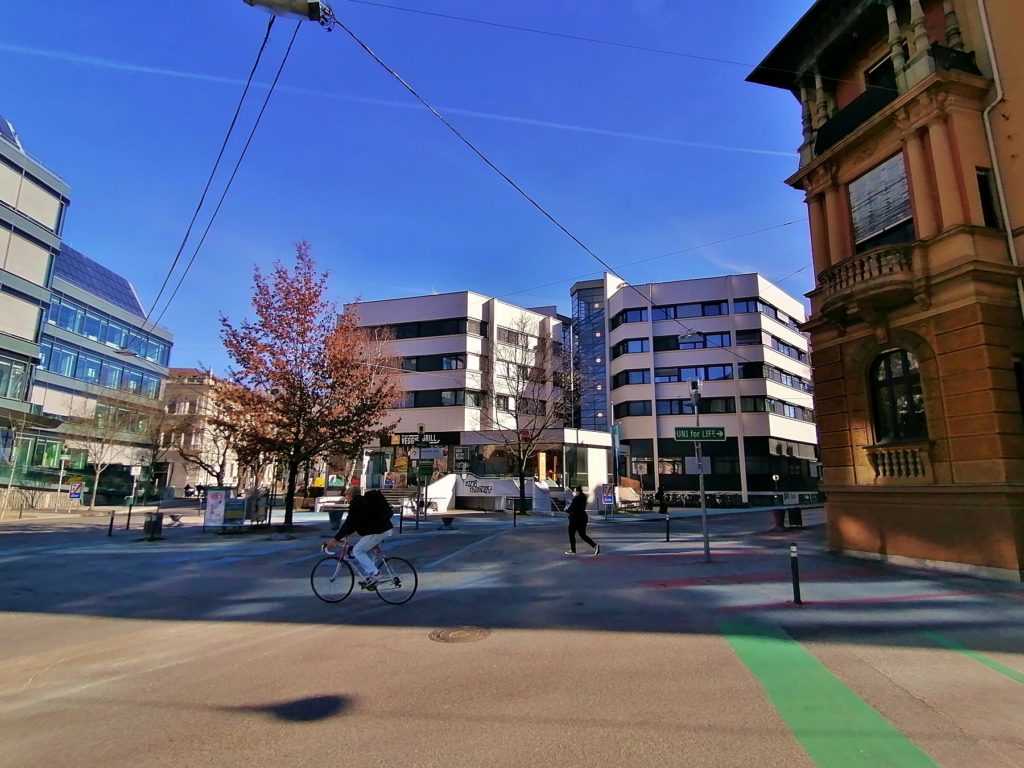
Mein Studentenheim, das Schubertheim ist nun das home4students – Studierendenheim
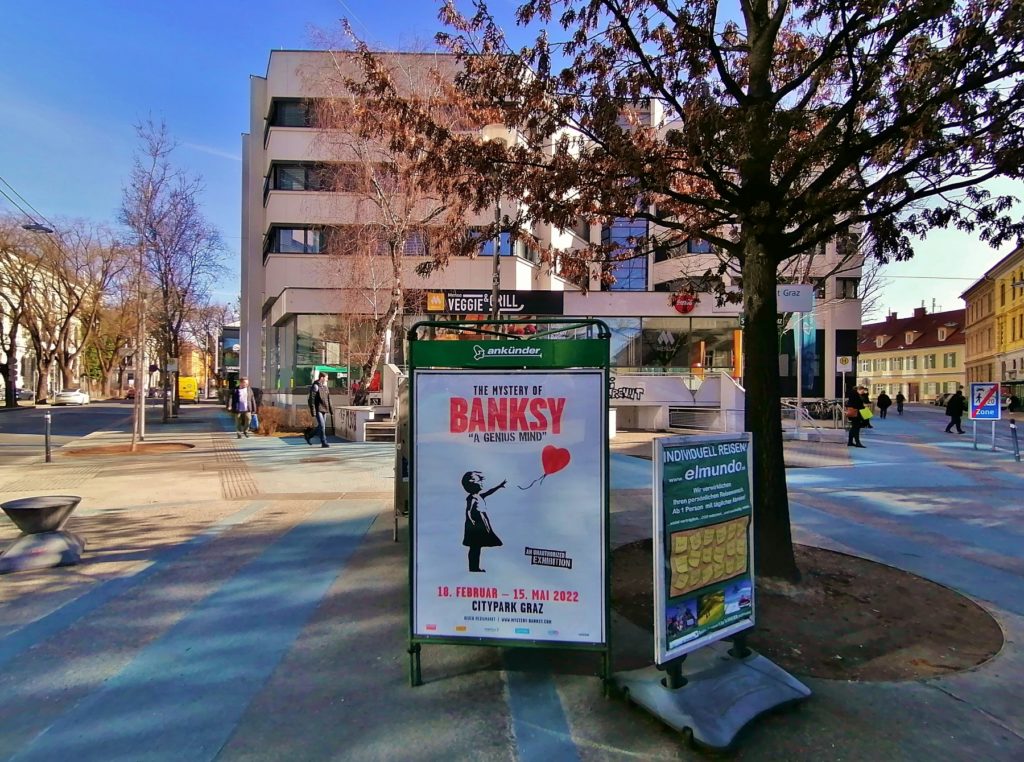
Es gibt noch immer ein Mensamenü um fünf Euro, vor vier, fünf Jahrzehnten waren es weniger als fünf Schilling
The mystery of Banksy is waiting in a shopping centre called Citypark Graz
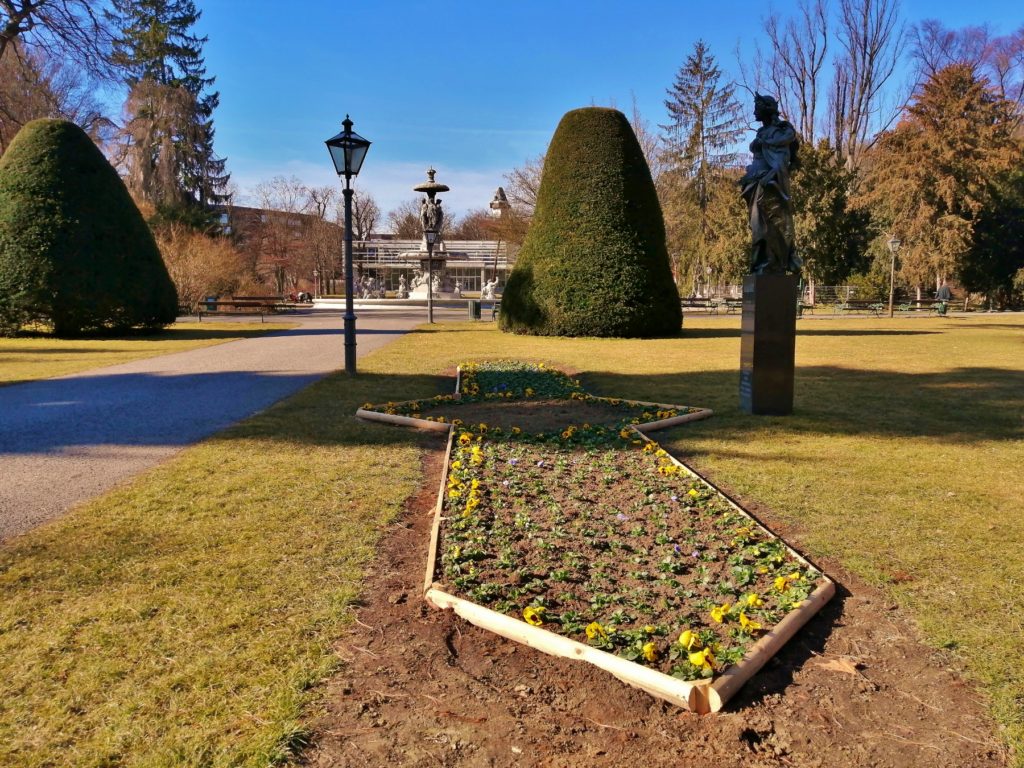
Vor dem Citypark kommt noch der Stadtpark
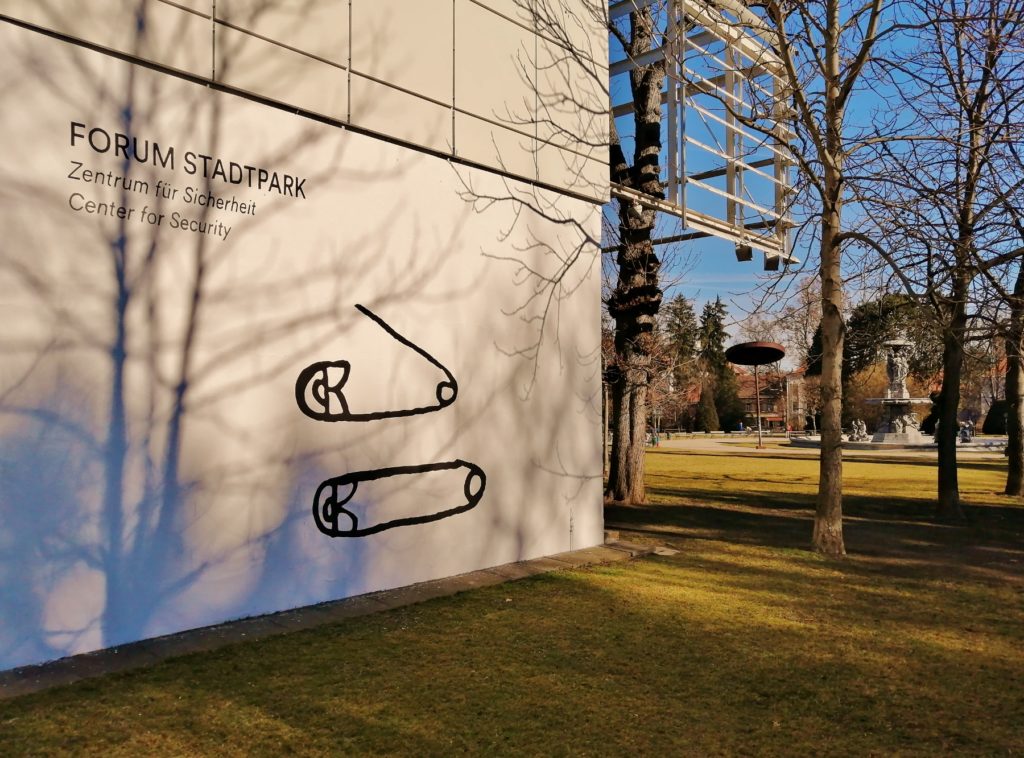
Mein Forum Stadtpark als Zentrum für Sicherheit
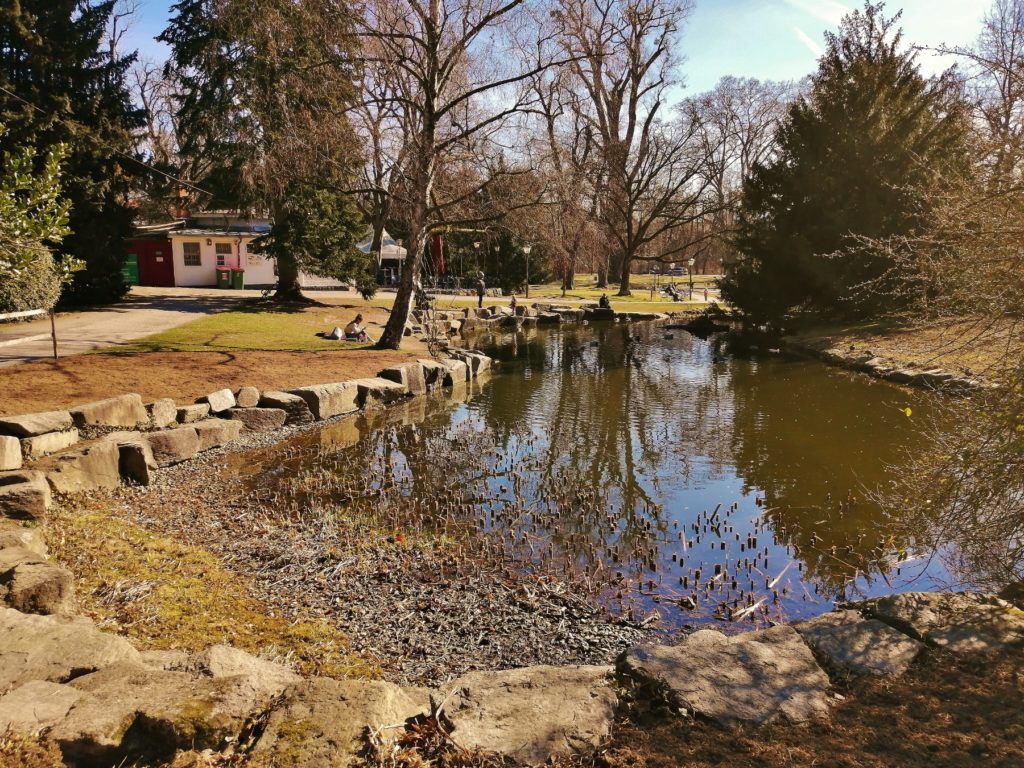
Return of the ducks, the students and the old age pensioners to the Stadtpark
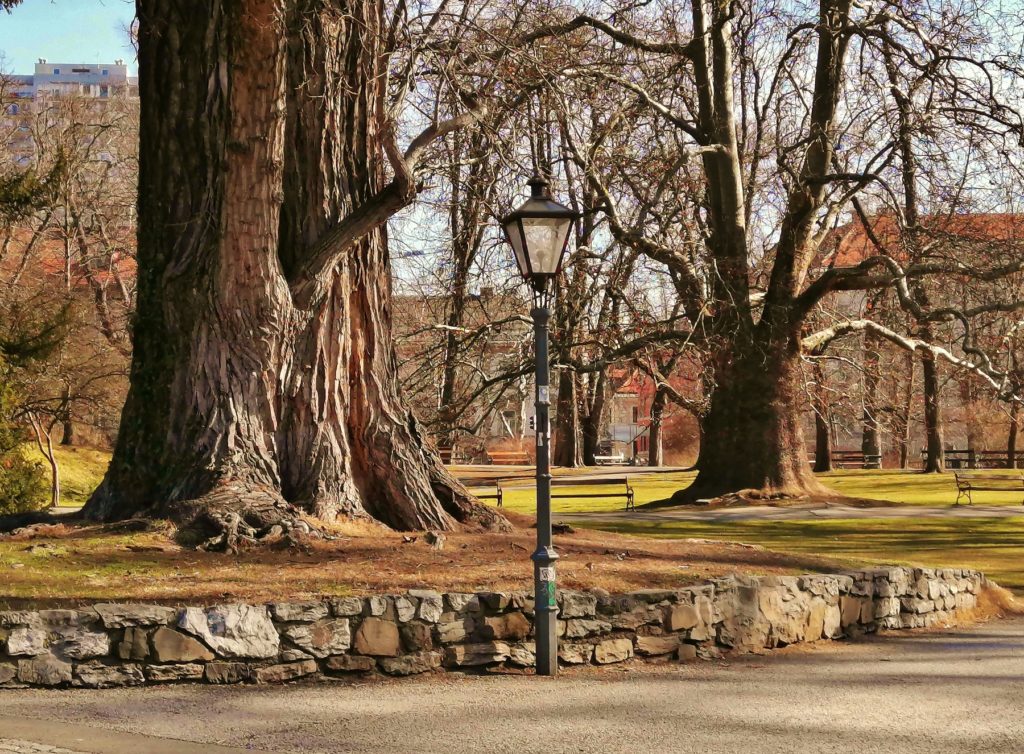
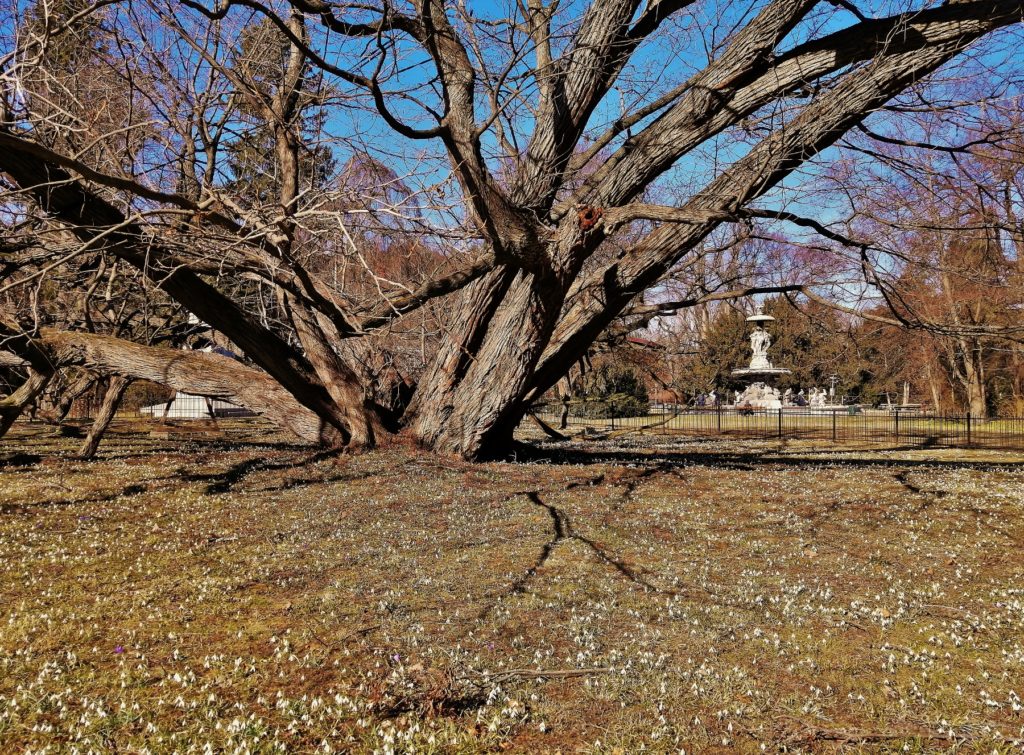
Flower power
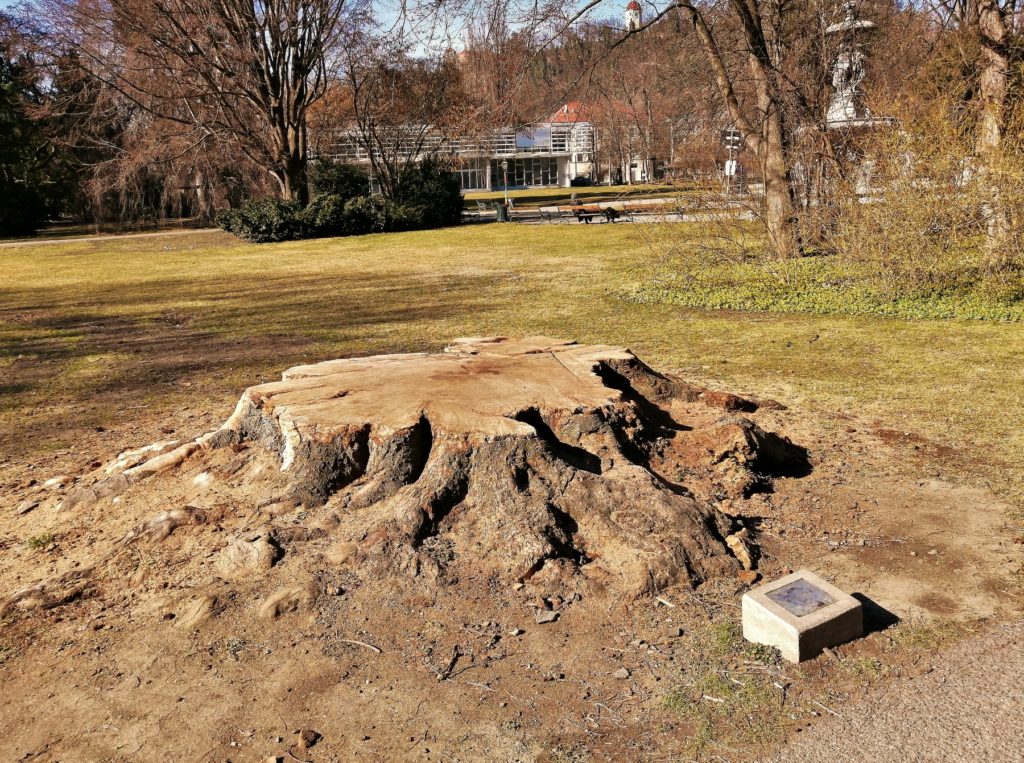
Time to go to the Citypark:
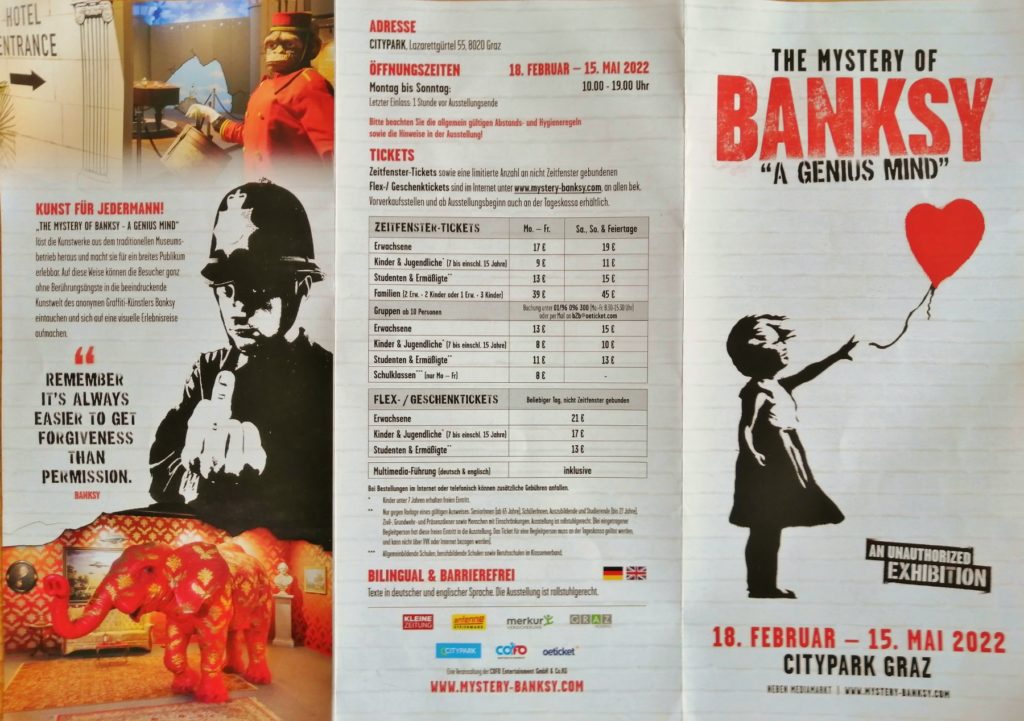
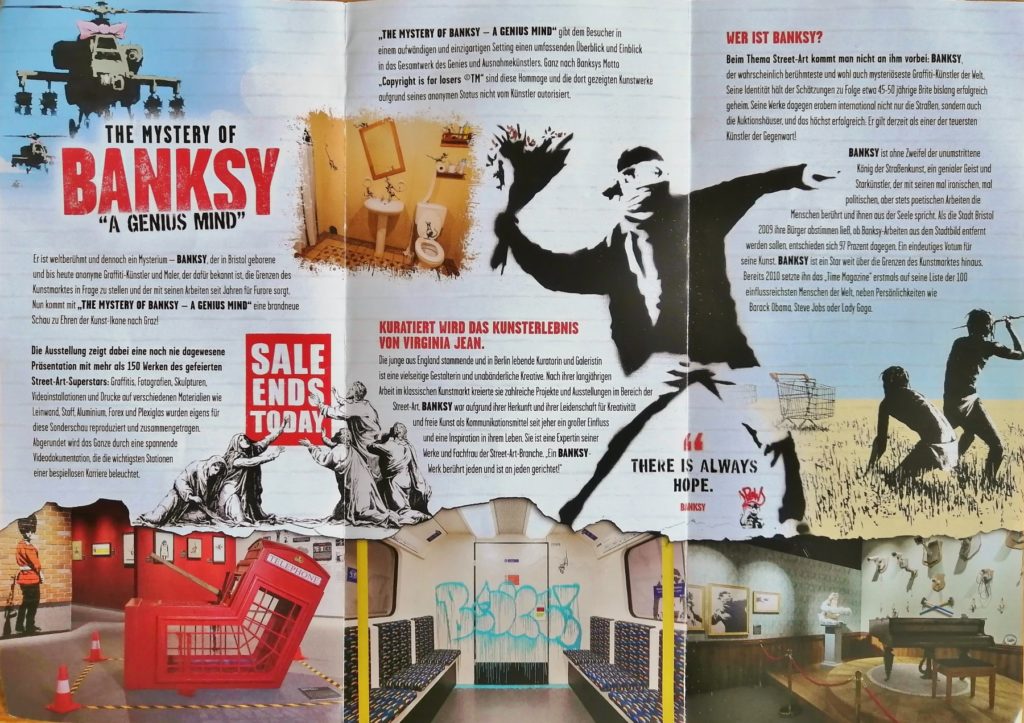
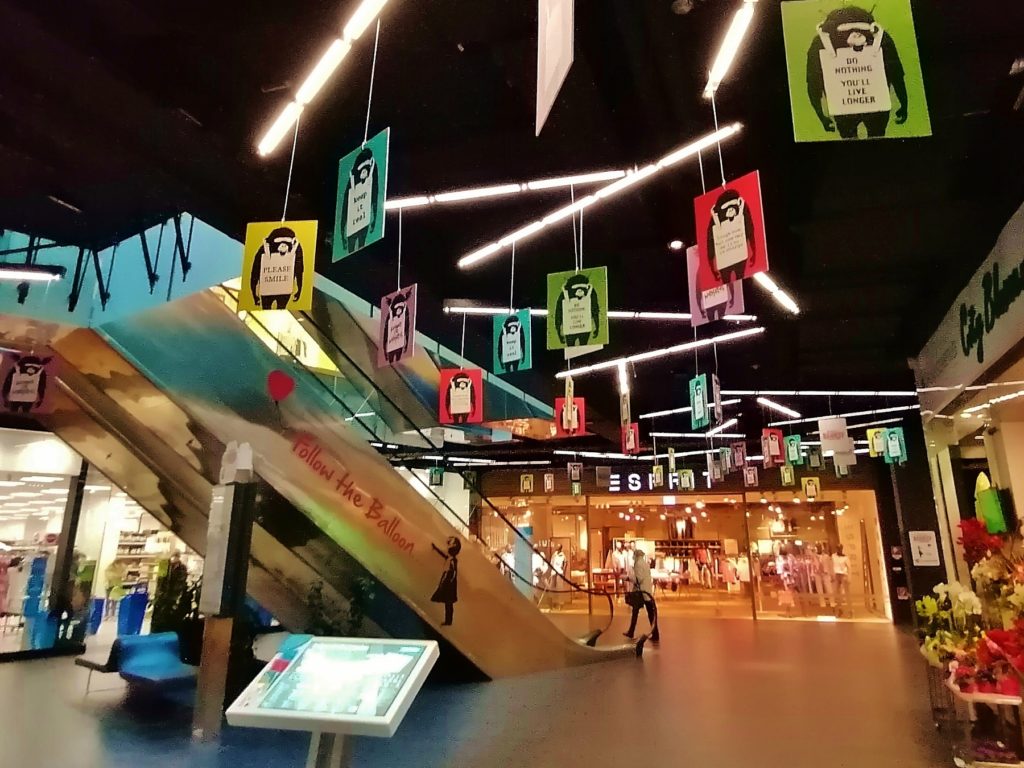
Follow the red balloons in the Citypark Graz
Do nothing – you’ll live longer
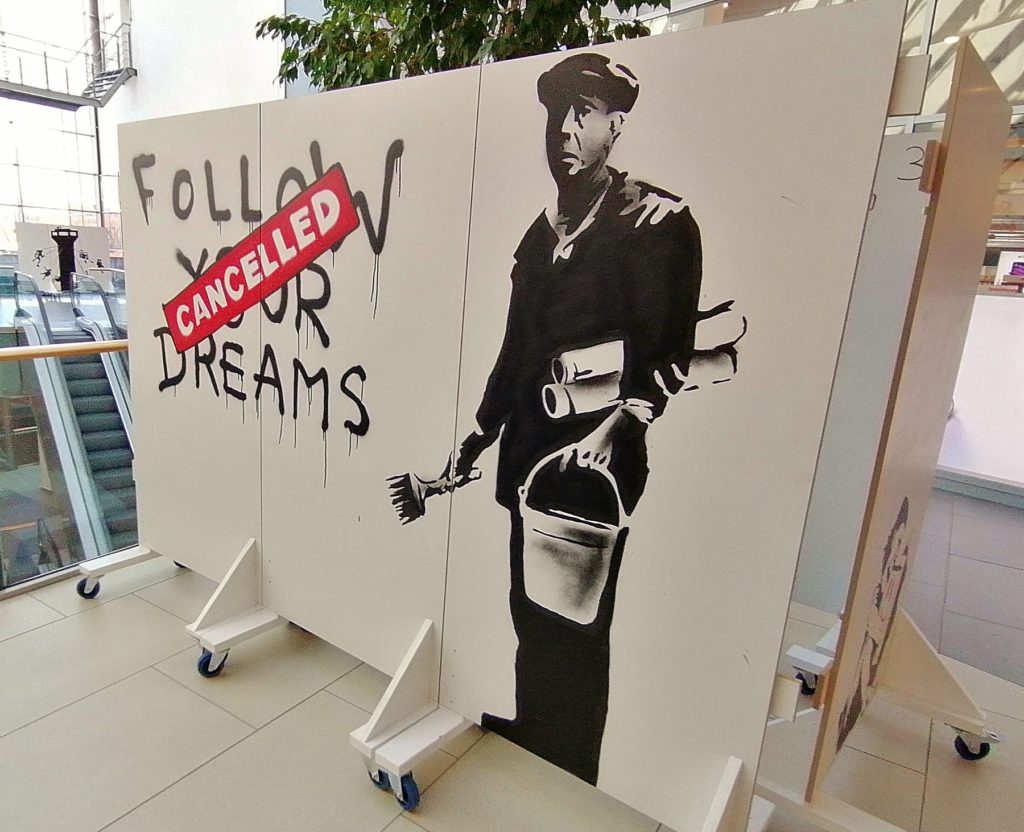
Year: 2010
Location: Chinatown, Boston, USA
Follow Your Dreams is one of the earliest murals Banksy realized in the US. It depicts a man holding a brush and bucket stood by a handprinted sign saying “FOLLOW YOUR DREAMS” This slogan which is a dark grey along with the man, had a red stamp over it reading “CANCELLED”.
“Follow Your Dreams” is a popular axiom calling people to action and alluding to the American Dream. However, the protagonist in the painting added the word “Cancelled” on the statement. Depicted as a lower-middle class man, he conveys an unsatisfied expression, and seems to be disillusioned. Banksy intentionally drew this despaired-looking old man to point out the severity of the political and economic environment and the impact it can have on the celebrated American Dream. Sometimes, the dream is cancelled, reality has struck hard.
The viewer cannot omit that this “painter” bears some resemblance with Pablo Picasso, who is one of the most important artists of the 20th Century whose life could also be considered as a “dream”. More widely, in a more positive note, this visual might illustrate the fact that even though society or anybody would tag “cancelled”, that should not prevent anyone to pursue their dream freely…
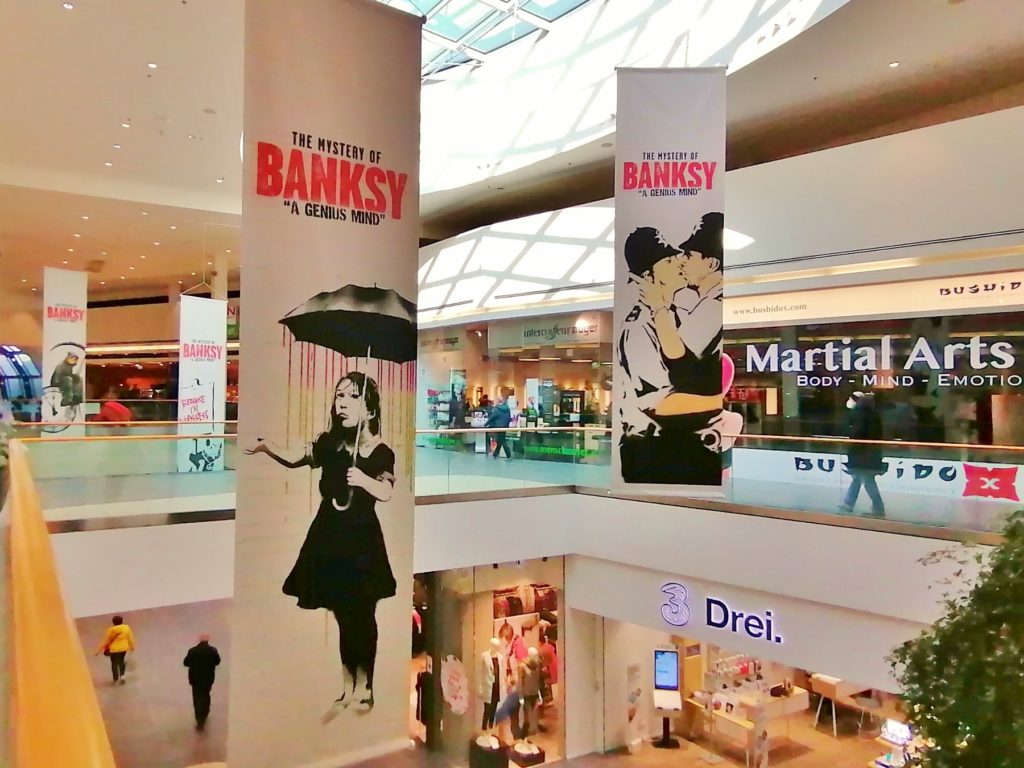

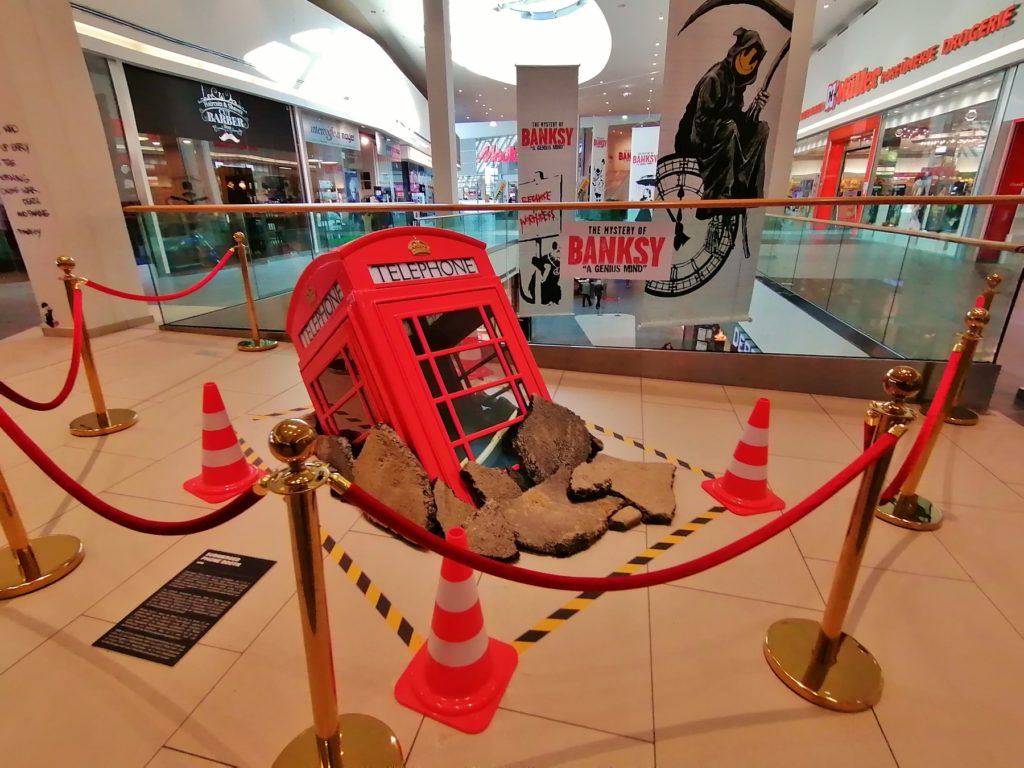
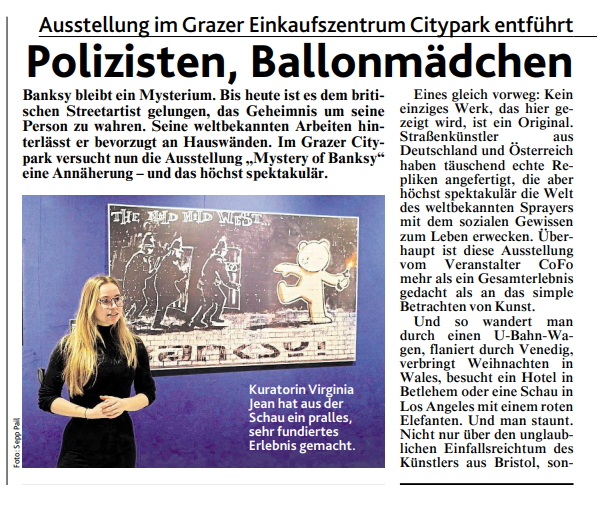
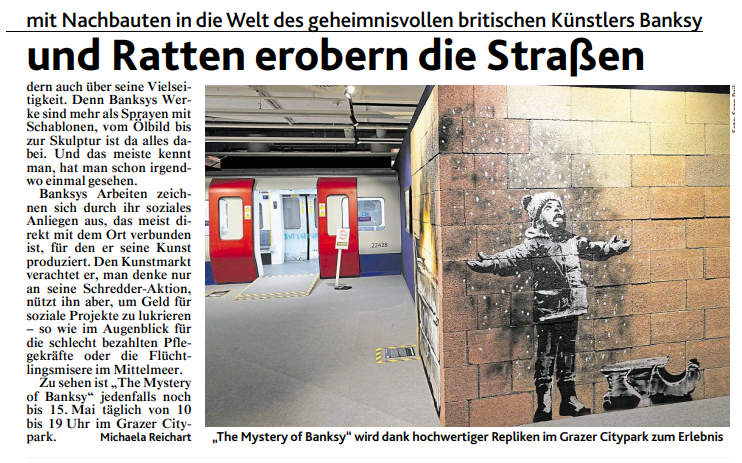
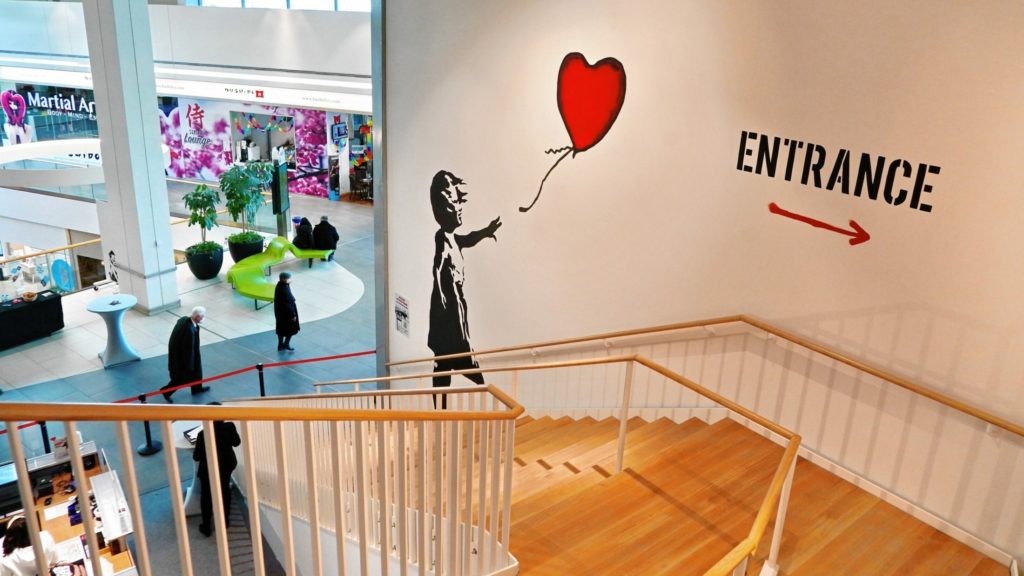
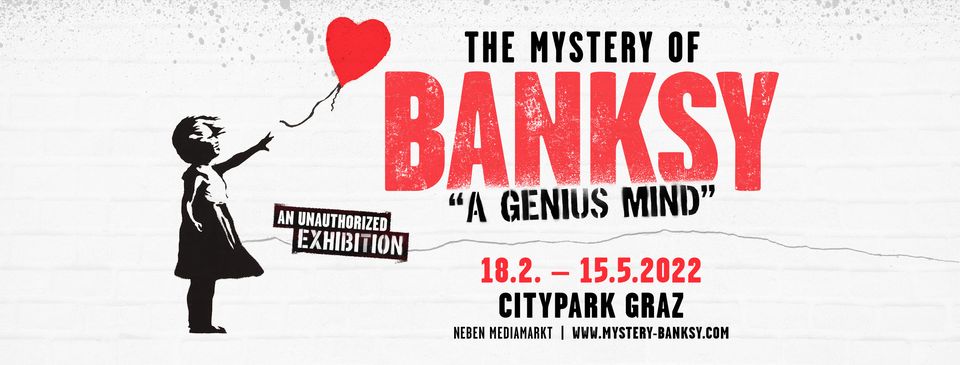
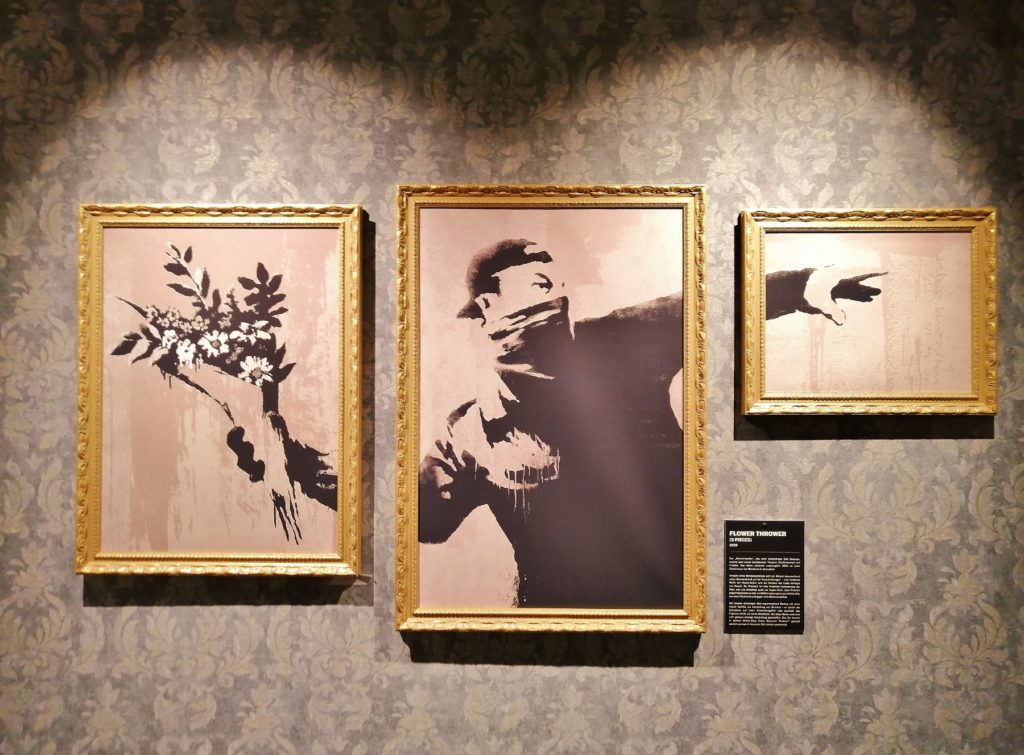
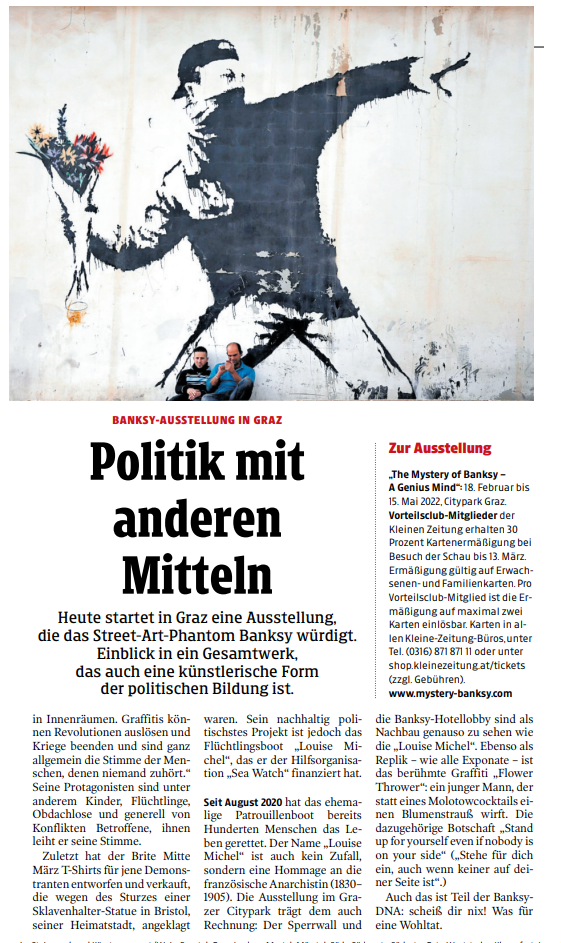

Banksy’s Israeli-Palestinian Pillow Fight in a West Bank Hotel in Bethlehem
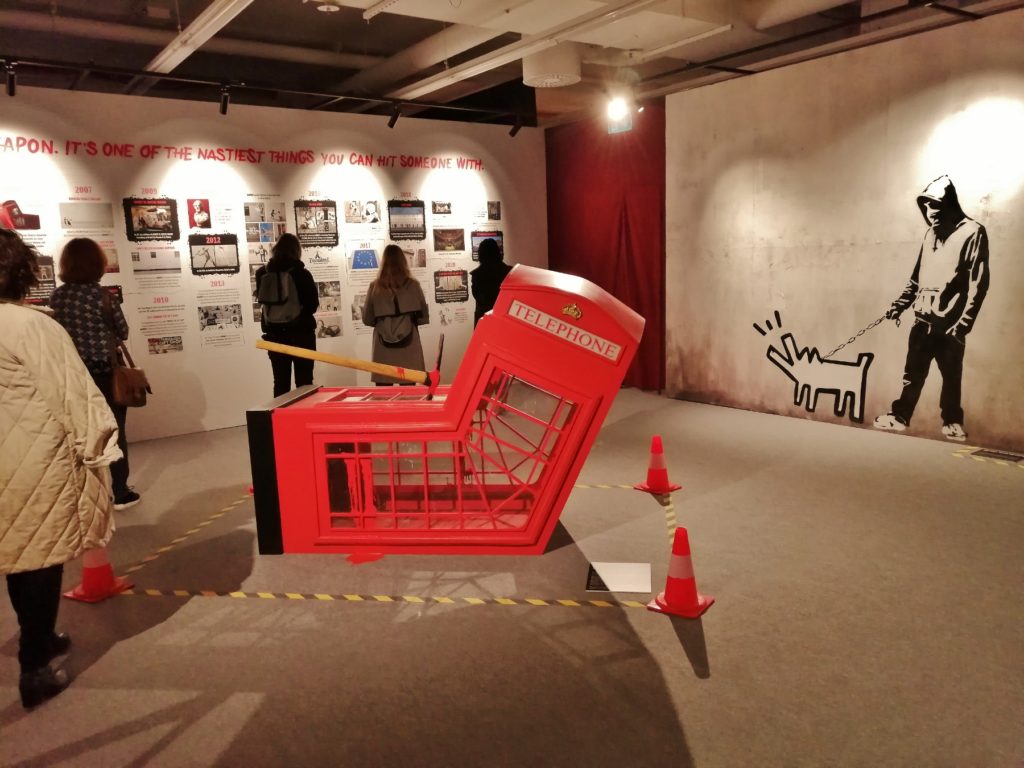
https://banksy.newtfire.org/html/timeline.html
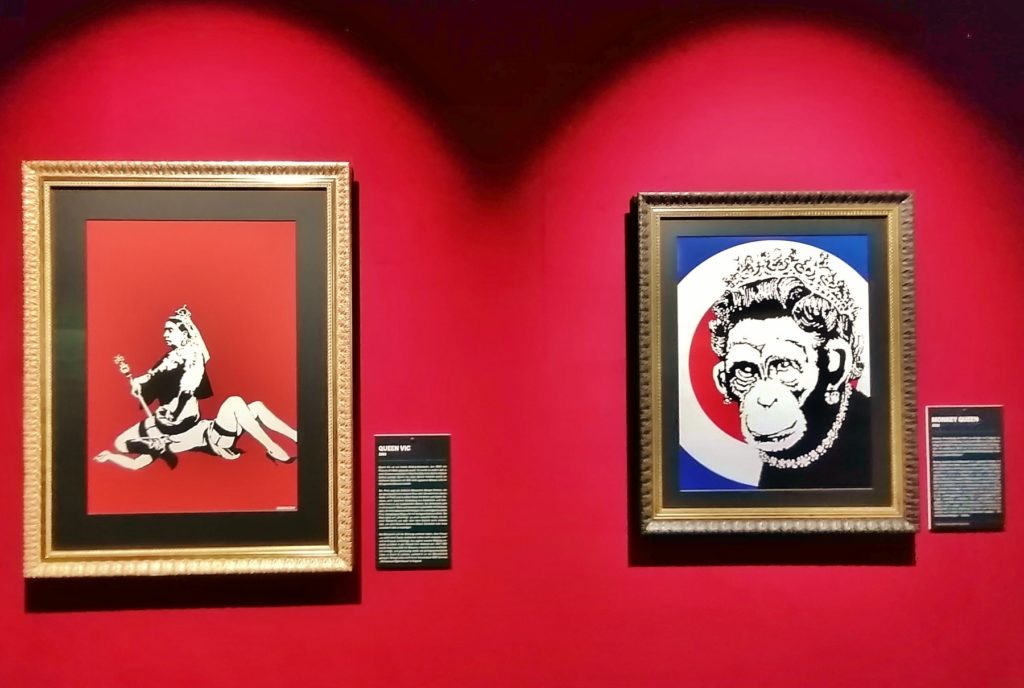
• Klar macht Banksy auch vor dem englischen Königshaus keinen Halt und zeigt Königin Victoria (1837 bis 1901) als Lesbe, „ertappt“ beim weiblichen Sexualakt.
• Eine typische Parodie des Künstlers, die auf die berühmte Aussage der Königin anspielt: „Frauen seien zur Homosexualität nicht in der Lage“
welche sie sogar mit Gesetzen und Verurteilungen bekräftigte.
Monkey Queen By Banksy
“Banksy’s Monkey Queen is a controversial early urban art screenprint that was created in 2003 with an edition of 750 works, 150 of which were signed. It was first publicly displayed at the Chill Out Zone, a London club, and made headlines when the government asked that the picture be removed from the front window during the Golden Jubilee of Queen Elizabeth II (the celebration for the 50th anniversary of her coronation). Monkey Queen superimposes Banksy’s trademark monkey face stencil onto a stencil of one of Queen Elizabeth II’s most famous bust images. The black-and-white stencil appears on a background of a red circle, white ring, and blue backdrop (resembling either a halo or a target) in the colors of the British flag.Banksy’s satirical image suggests that the British government is led by people who are less than fit to make decisions on behalf of their countrymen.”
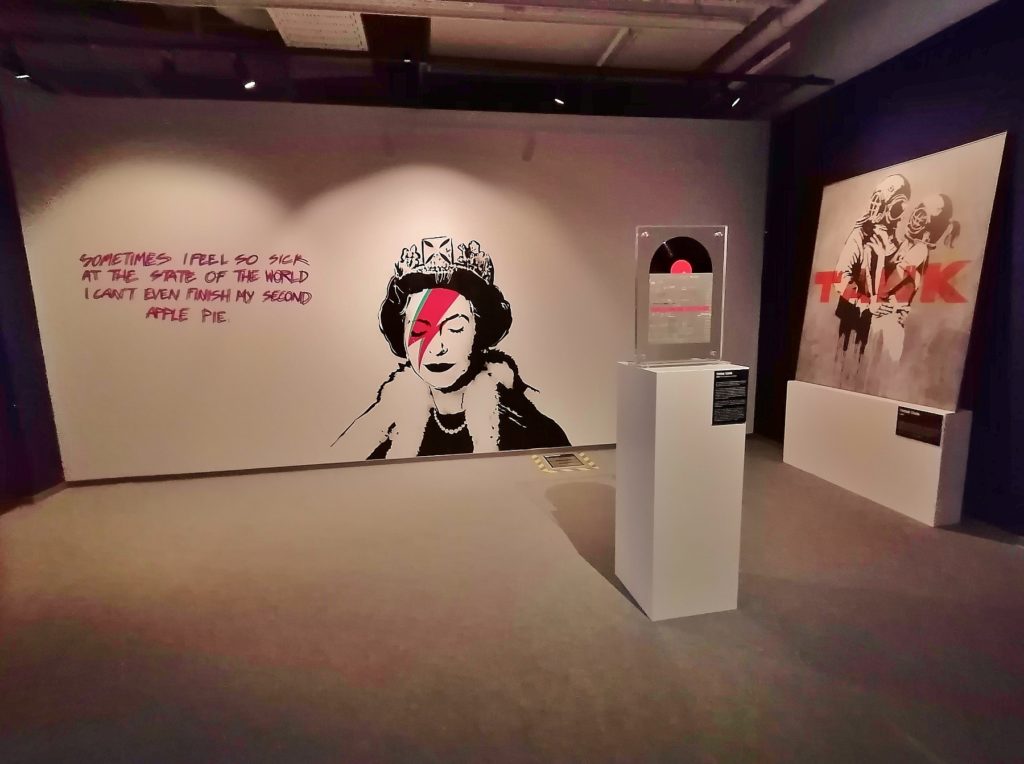
Queen Ziggy, Bristol
A wall on Upper Maudlin Street, near the Bristol Children’s Hospital, previously daubed by Banksy, was re-painted again in 2012 – this time with a startling black-and-white image of the Queen. The painting mysteriously, and timely so, appeared as the country celebrated Queen Elizabeth II’s 60 years on the throne. Banksy is firmly believed to have made this piece as his own tribute to Her Majesty’s Diamond Jubilee, depicting the crown-wearing monarch with a jagged blue and red lightning flash across her face, just like the 1970s David Bowie creation Ziggy Stardust/Aladdin Sane.
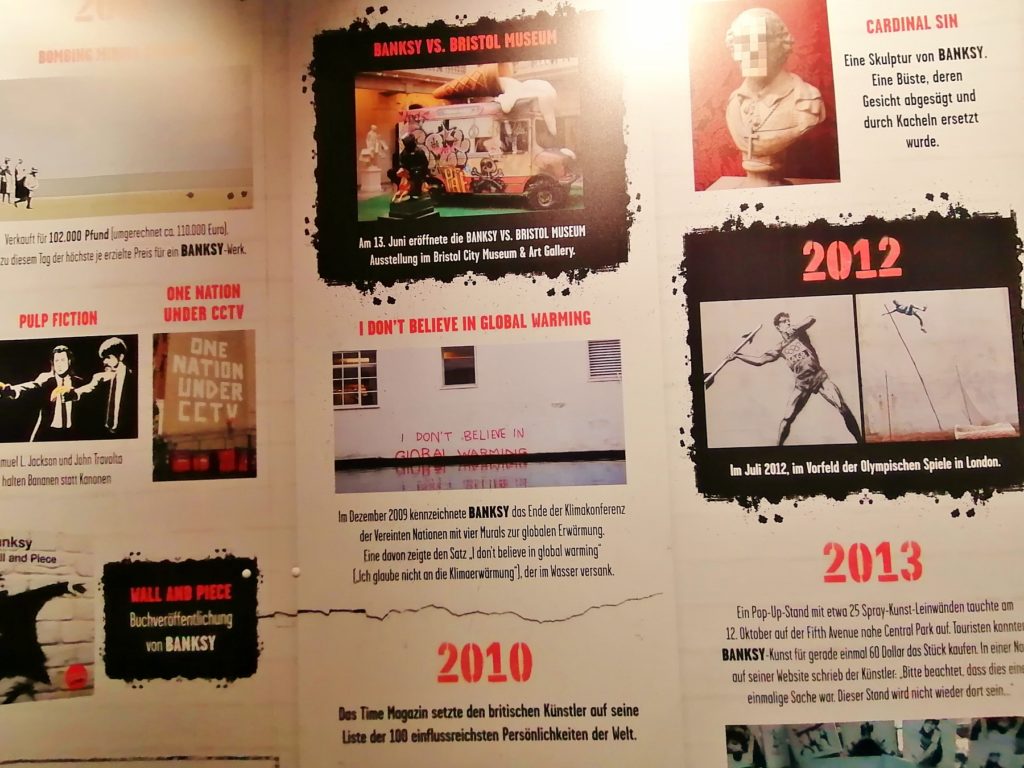
He spray-painted the words „I DON’T BELIEVE IN GLOBAL WARMING“ in red capitals on a wall beside Regent’s canal in Camden, north London, with the words disappearing below the water.
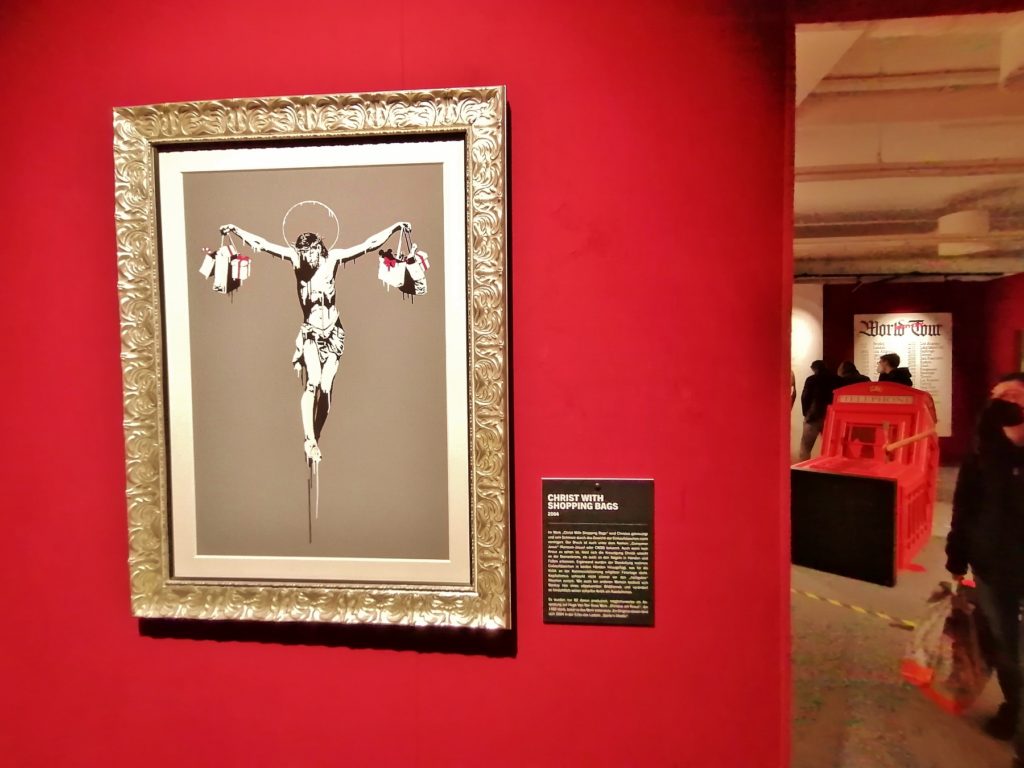
The artwork shows the crucifixion of Jesus Christ, yet Banksy has removed the structure of the cross from the iconic scene. Instead of nails through his hands, shopping bags have been drawn in, each festooned in fluorescent pink ribbon, but appearing to be seeping with black blood. Christmas presents seem to bulge from the shopping bags, including commercially associated childhood icons: the candy cane and Mickey Mouse.
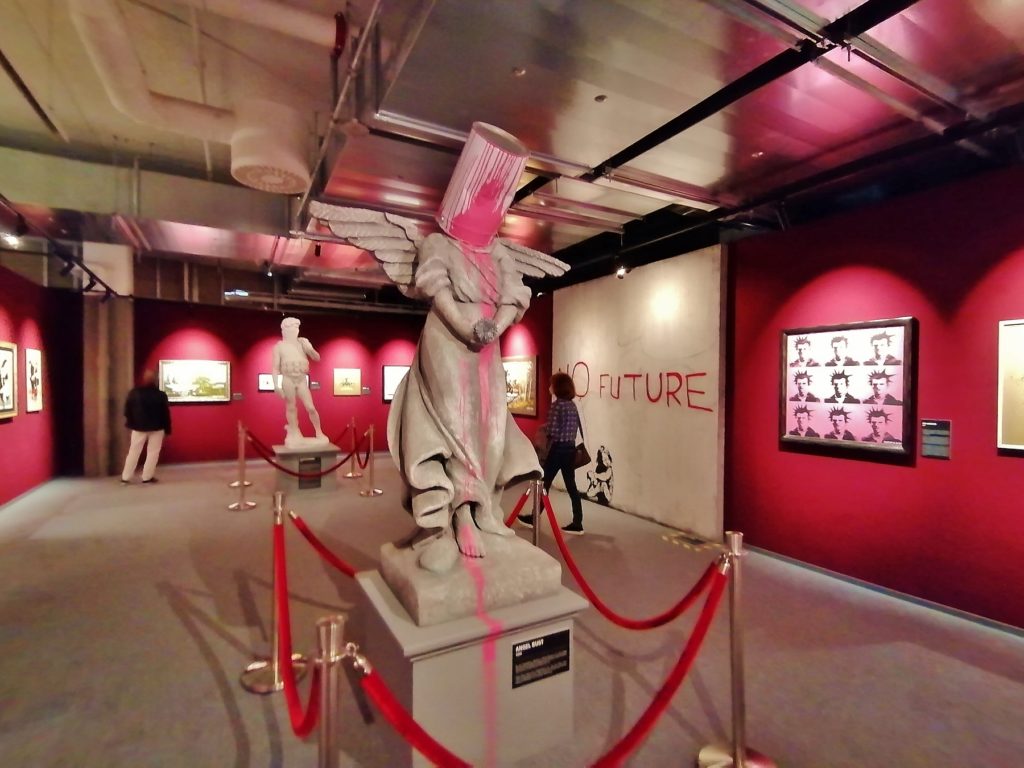
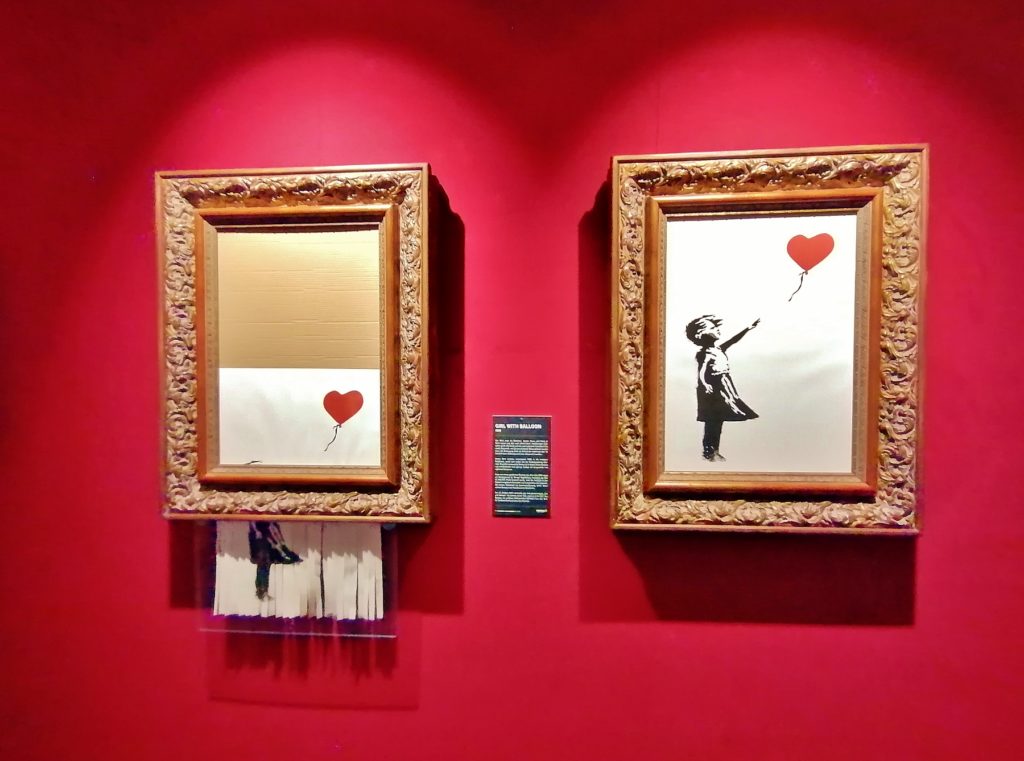
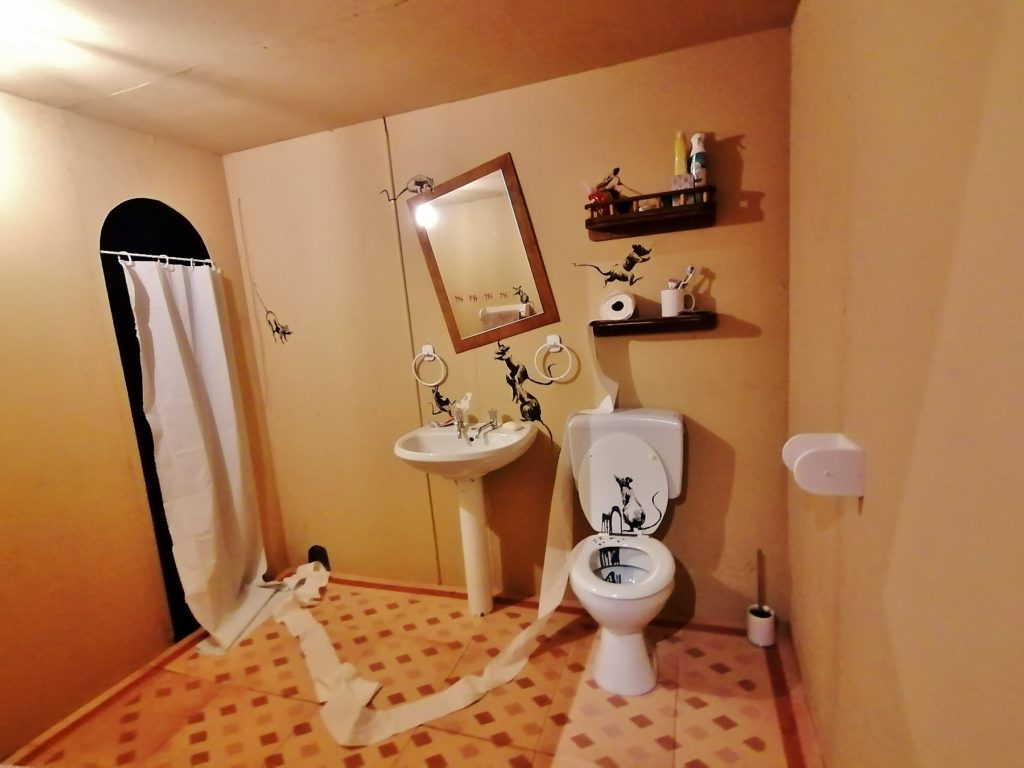
Coronavirus: Banksy makes ‚bathroom‘ lockdown art
https://www.bbc.com/news/uk-england-bristol-52306748
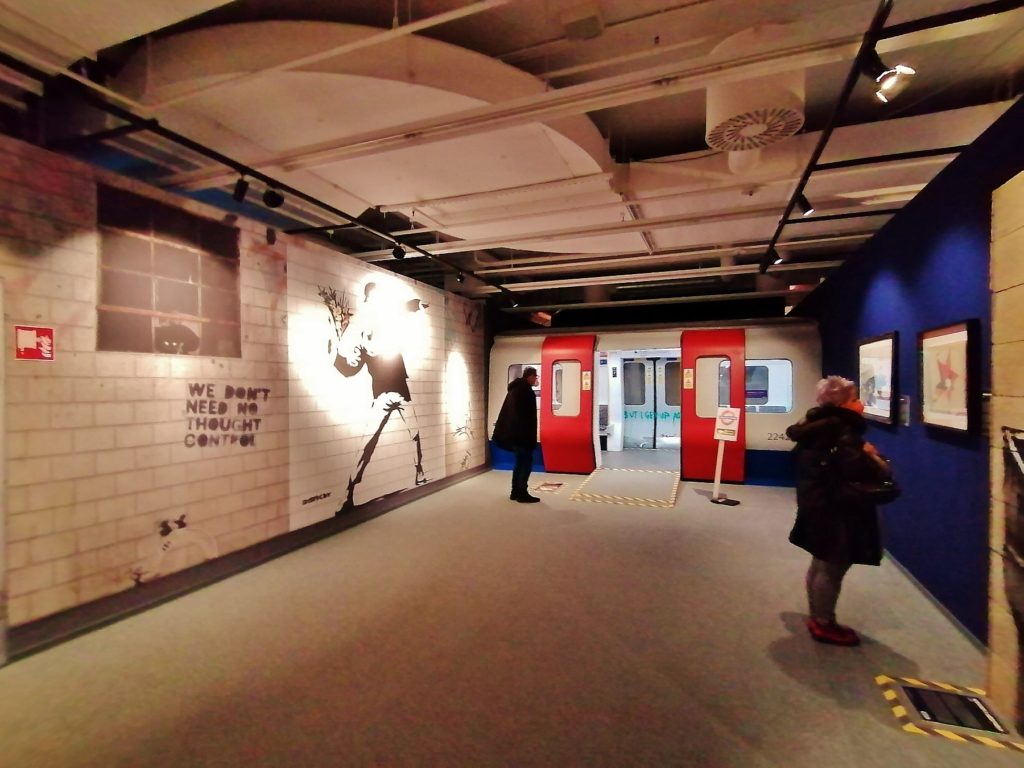
Banksy sprays coronavirus-inspired artwork on to London tube
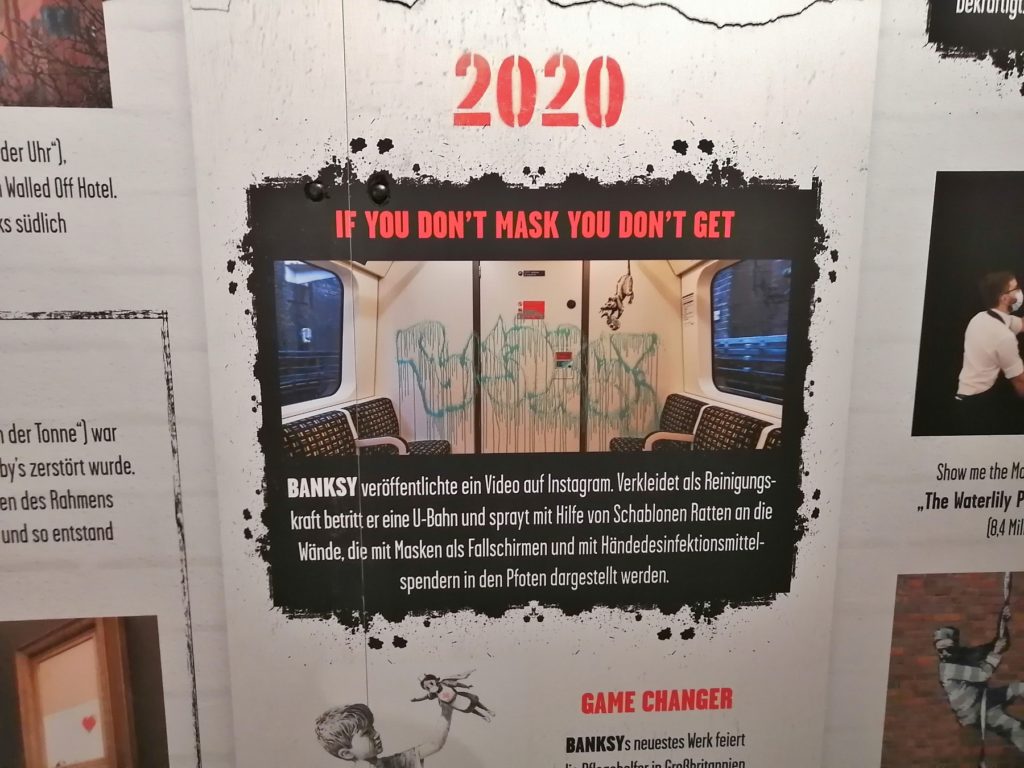
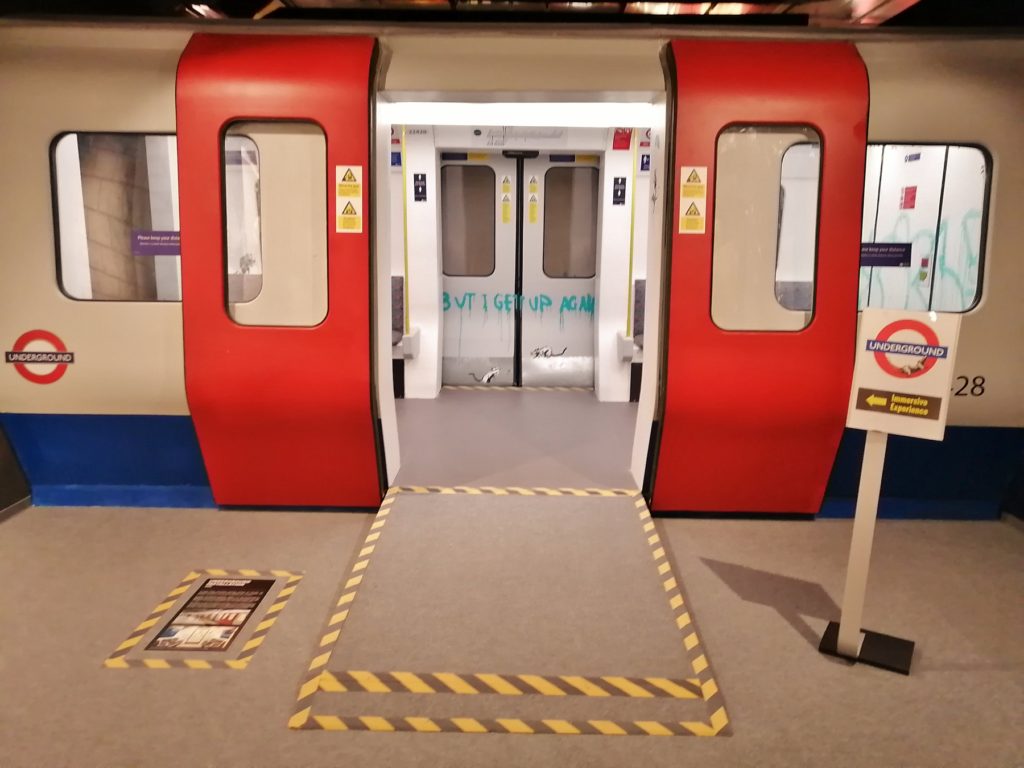
Banksy graffiti removed by London Underground cleaners—but TFL invites artist to make new work in ‘suitable location’
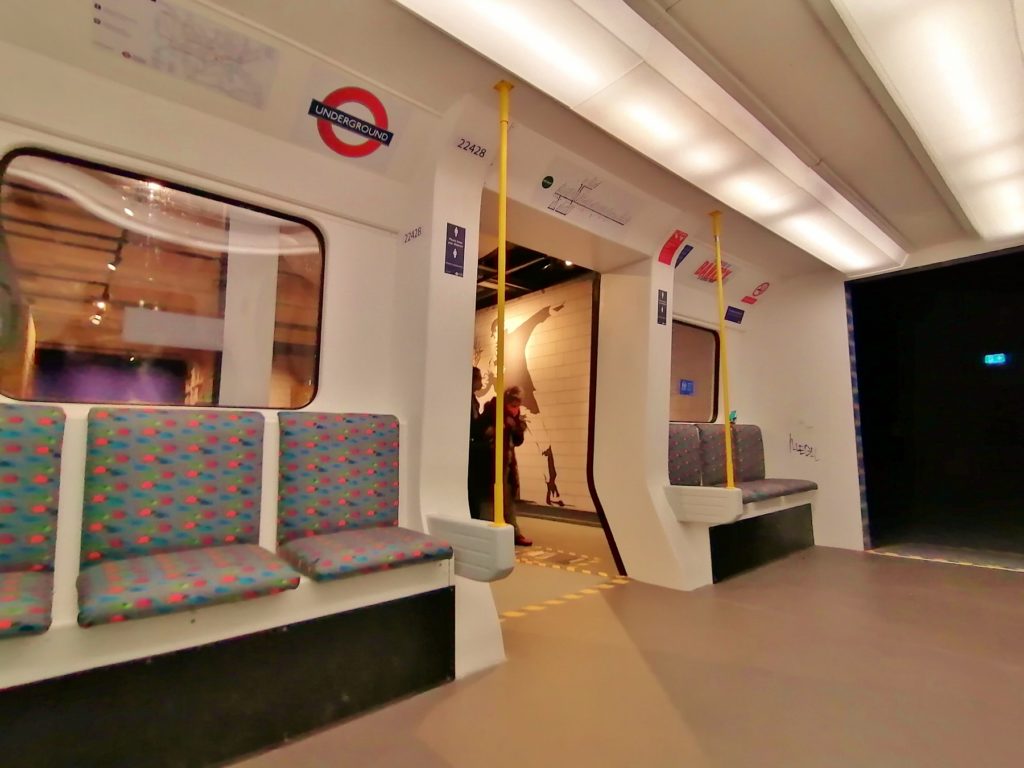
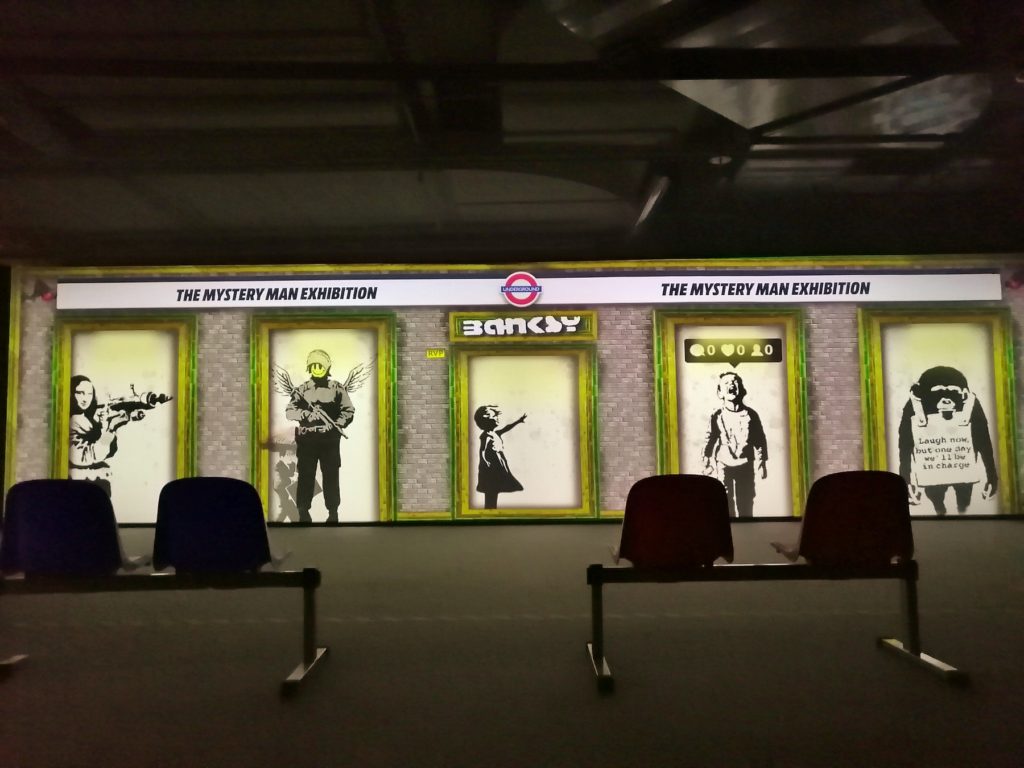
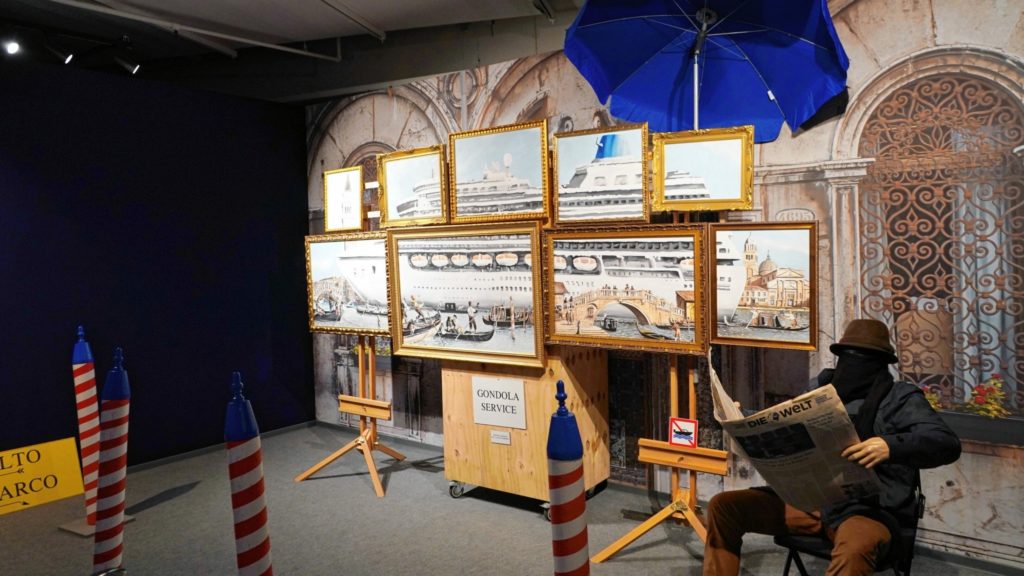
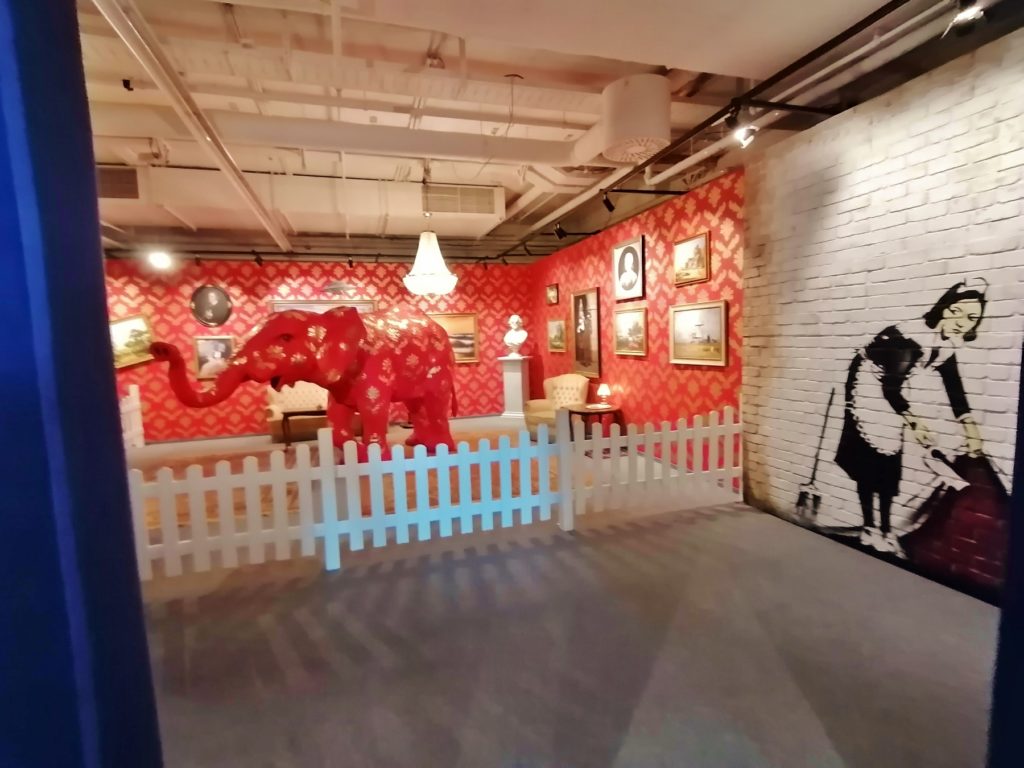
The British artist Banksy has been criticised by officials in California for the „frivolous abuse“ of an elephant which he had painted to look like pink wallpaper.
The elephant, Tai, was the main attraction at Banksy’s first US exhibition, which opened last week in Los Angeles, drawing celebrities including Brad Pitt and Angelina Jolie.
Tai was painted to blend in with a set-up of a living room, and was supposed to symbolise how the problem of world poverty is ignored.
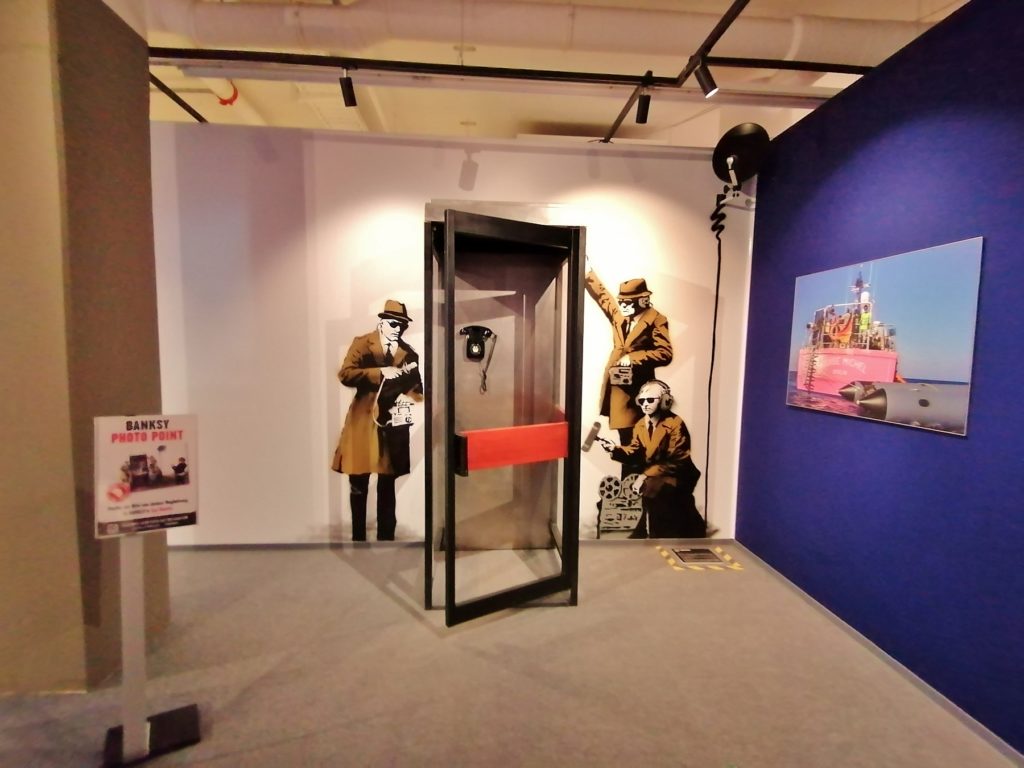
With the United Kingdom’s Government Communications Headquarters in Cheltenham, where better for Banksy to create a mural satirising government surveillance? Banksy’s Spy Booth artwork appeared on the wall of a privately-owned house overnight in April 2014. The mural was so popular with tourists, the Georgian house became one of the UK’s most photographed homes and was given listed status protection by Cheltenham Borough Council in 2015.
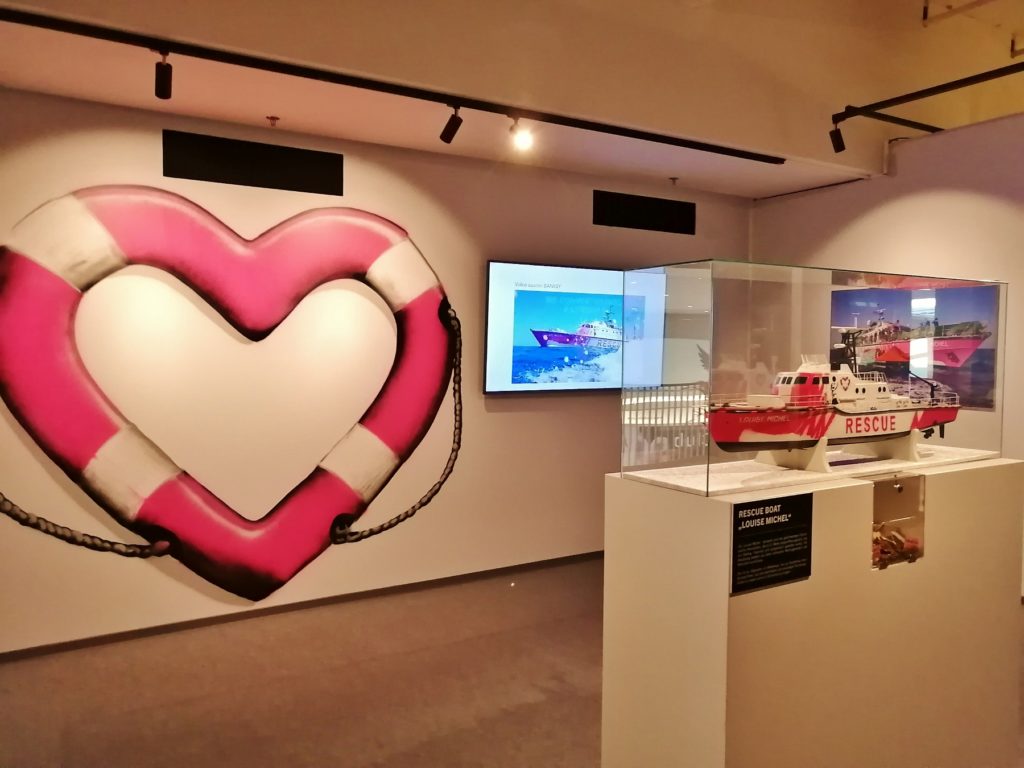
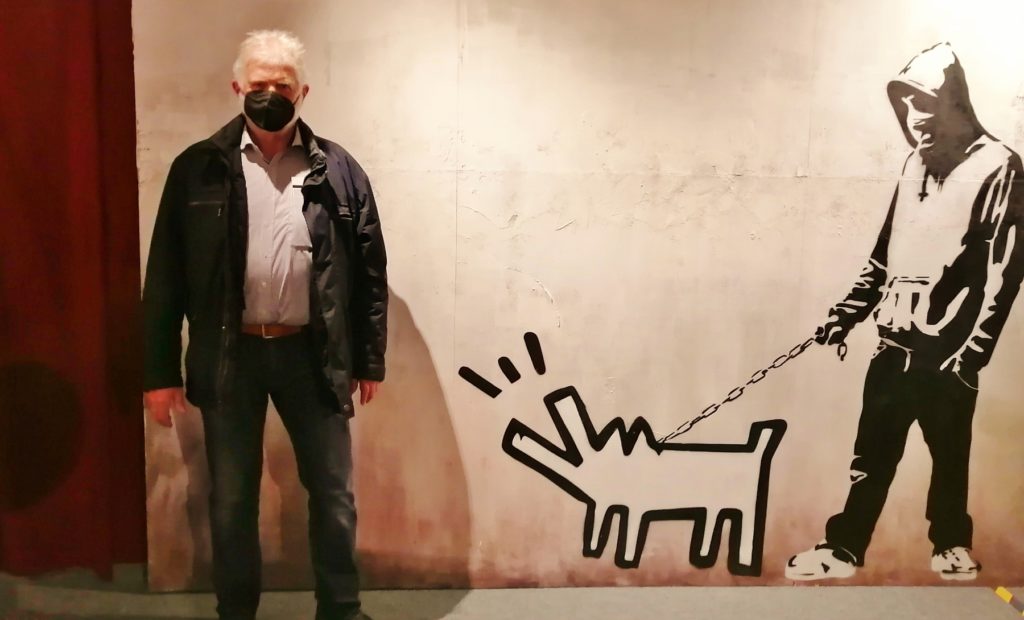
Banksy’s Choose Your Weapon (also known as CYW) first appeared on a wall of The Grange pub, in Bermondsey, London, in 2010. Shortly after the stencil appeared on the street, it was boarded over. It then reappeared, framed and covered in Perspex. In August 2016, it was reported that the Perspex itself had been covered in posters and flyers obscuring it from view entirely. It is unknown if the work still exists in the same location, or if it is just obscured from view.
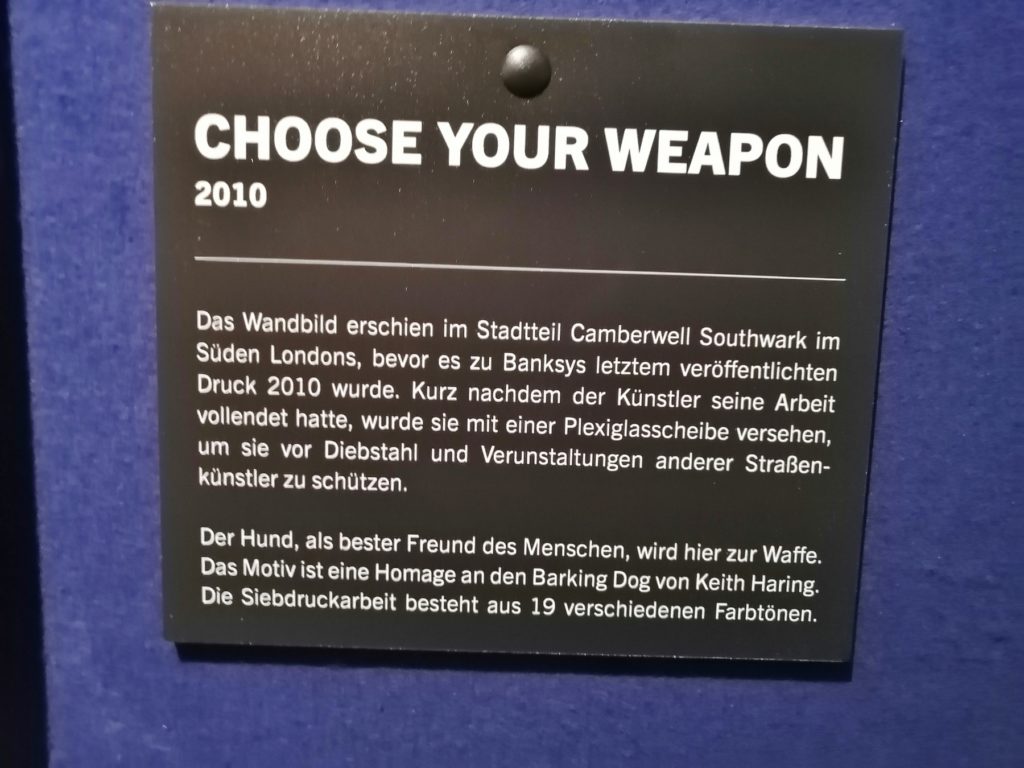
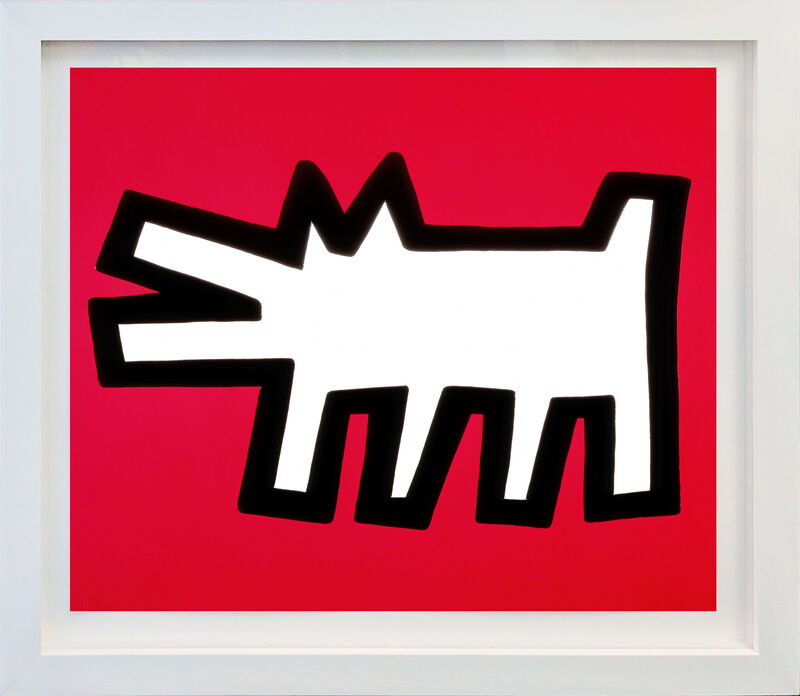
Keith Haring’s “Barking Dog” motif—featuring colorful canines with their mouths open mid-yap—is one of the street artist’s most universally recognizable symbols, and remains a testament to his dedication to accessible art. “Art is nothing if you don’t reach every segment of the people,” he once said. The dog’s simple, cartoonish shape references Haring’s interest in Egyptian hieroglyphics—an example of how humans communicate their experiences through universal shapes and signs. Haring’s “Barking Dogs” can be found throughout his body of work, from early subway tags to merchandise sold in the artist’s Pop Shops. In 1990, just a few months before his early death, Haring chose to immortalize his “Barking Dog” motif alongside four of his most celebrated symbols in a series of lithographs titled “Icons,” cementing the graphic canine as one of the most important symbols in his body of work.
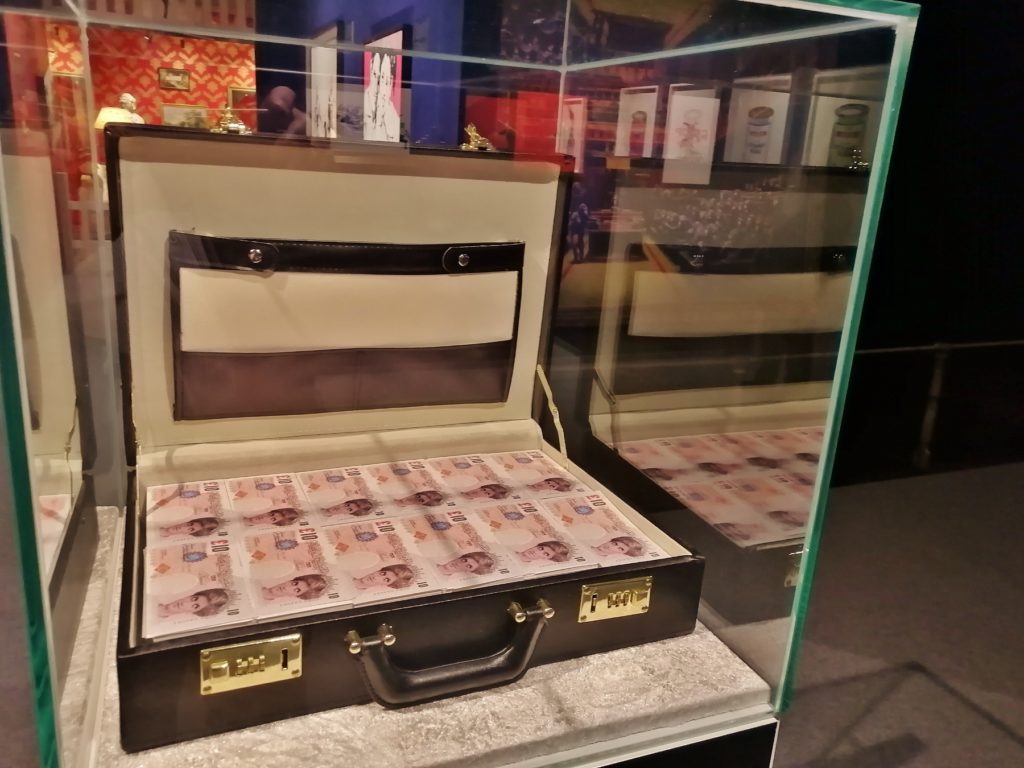
“Banksy’s Di-Face Tenner is an iconic, unusual, and early work on paper from 2004. Di-Faced Tenner is essentially counterfeit money representing £10 notes. At least 100,000 were printed — enough to total £1,000,000 in fake currency. It was created for a public stunt Banksy had orchestrated that involved dropping a suitcase full of the fake currency in public, during rush hour at the Liverpool tube station in London and at the Notting Hill Carnival and Reading Festival. Later that year, an unknown amount of Tenners were also released at the exhibition preview of Santa’s Ghetto, held at Lazarides Gallery. Today, originals and reproductions of Di-Faced Tenner are popular souvenirs, and torn pieces of the Tenners are used as a symbolic seal of authenticity on the majority of Pest Control authentication certificates.”


With its 4 meters width, the gigantic Devolved Parliament, in which chimpanzees replace politician in the House of Commons, Banksy’s largest known canvas. Despite being painted in 2009, many commentators have drawn comparisons to current-day politics, and the chaos witnessed in the House of Commons over Brexit.
“Banksy Is Giving His Painting of Chimpanzees Overrunning Parliament a Special Appearance to mark Brexit Day”
Artnet News, 29 March 2019, online.
It was first unveiled as part of the Banksy vs Bristol exhibit in 2009, and was lent to the Bristol Museum in March 2019, marking both the exhibit’s 10th anniversary and Britain’s original planned exit from the EU on 29 March.
At the time, Banksy wrote
“I made this 10 years ago. Bristol museum have just put it back on display to mark Brexit day. Laugh now, but one day no one will be in charge.’
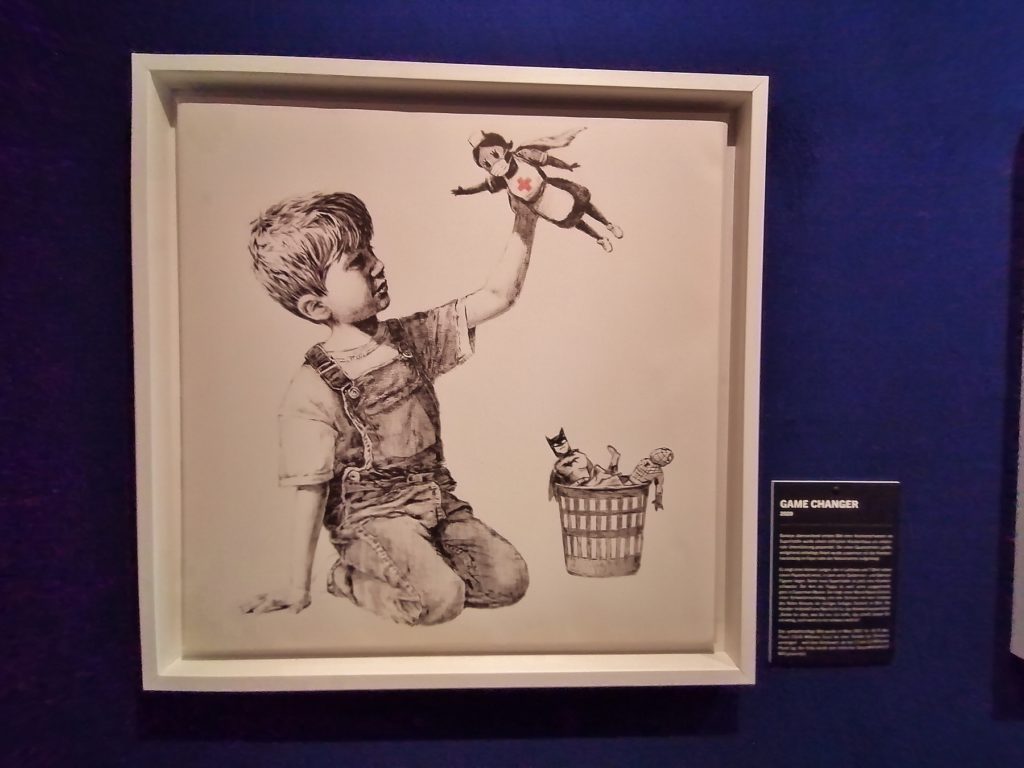
Schätzwert bis 4,1 MillionenBanksy-Bild für die „Helden“ der Pandemie soll versteigert werden
https://www.christies.com/en/lot/lot-6309459
